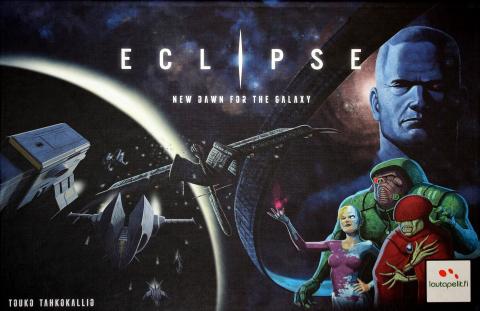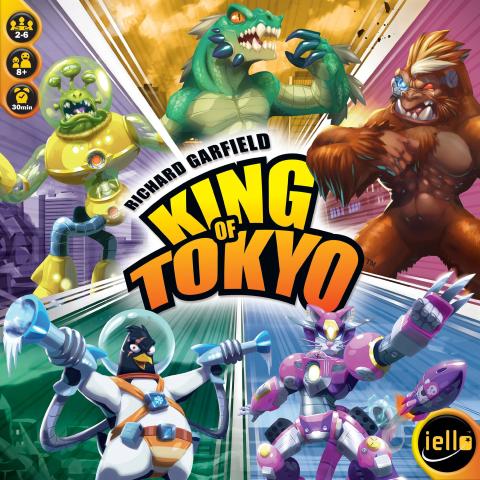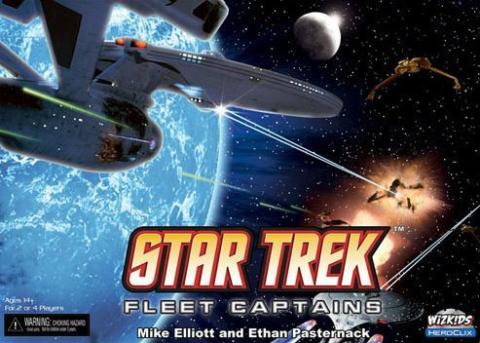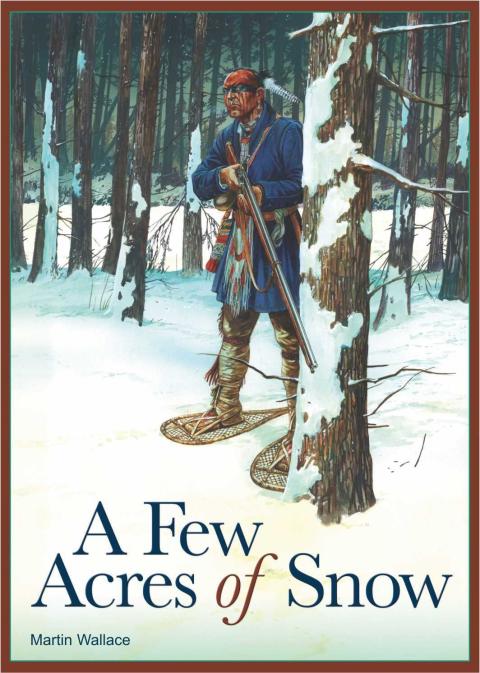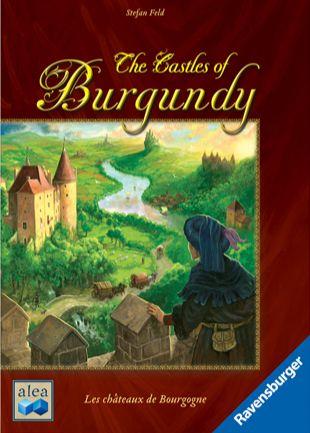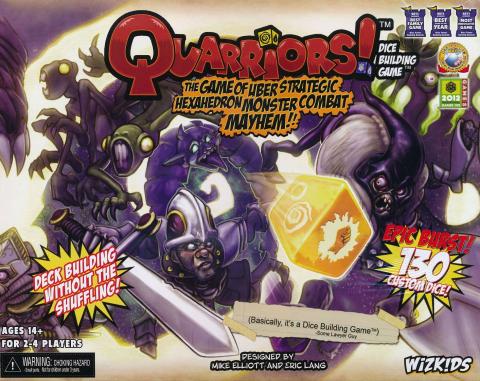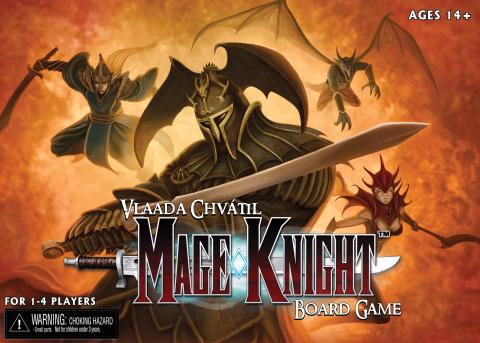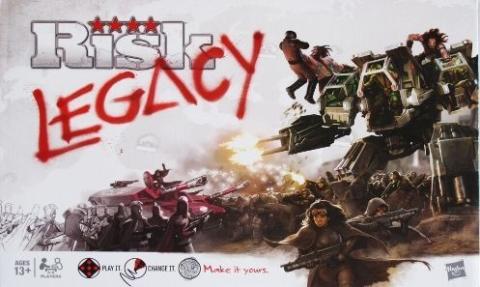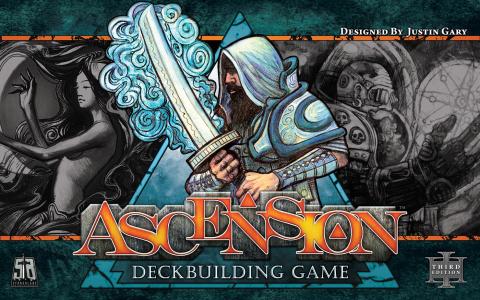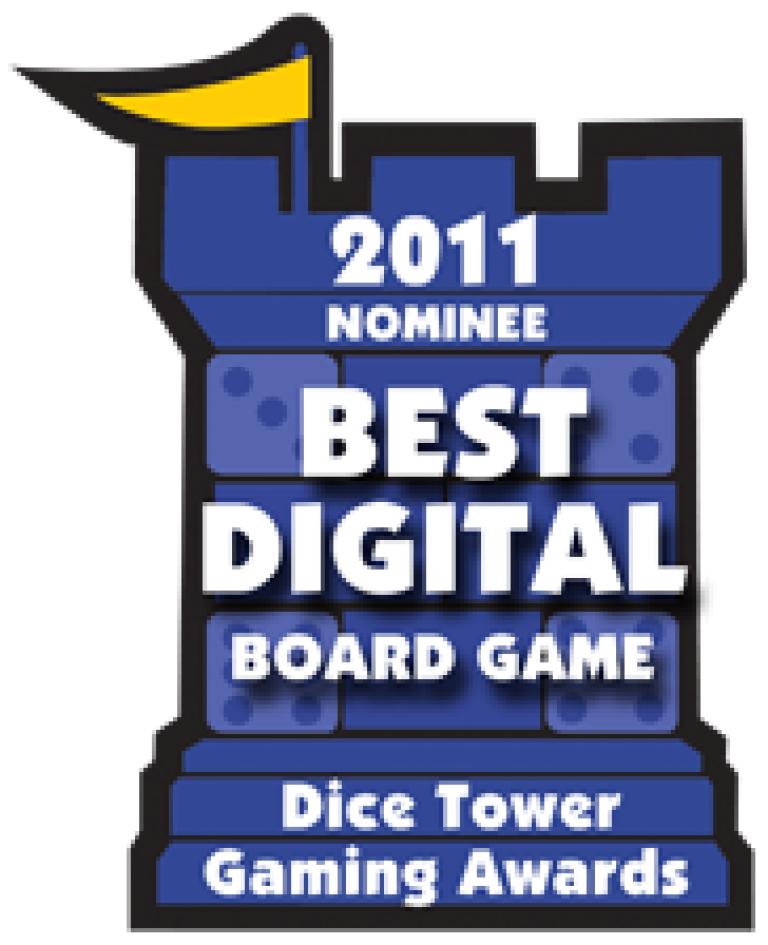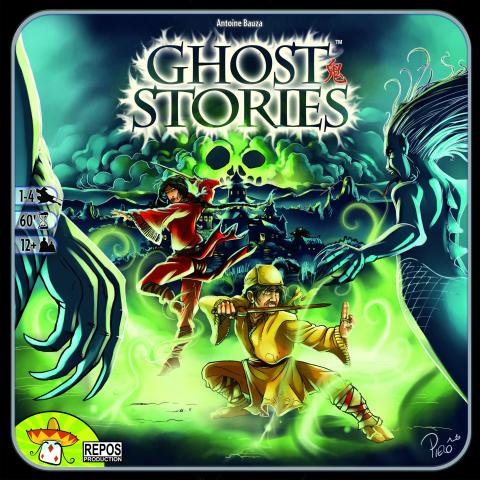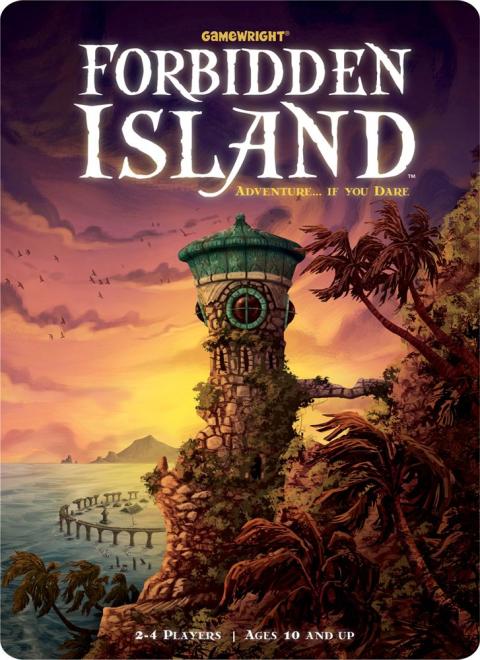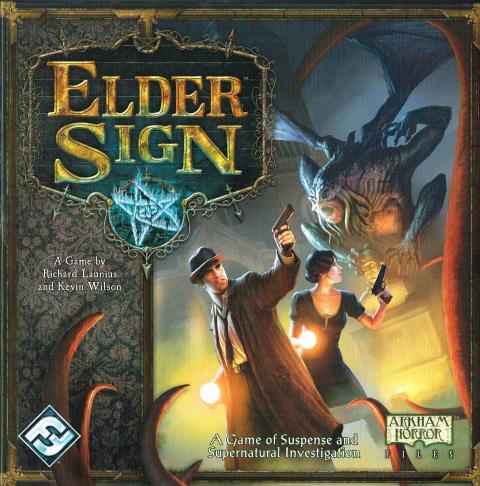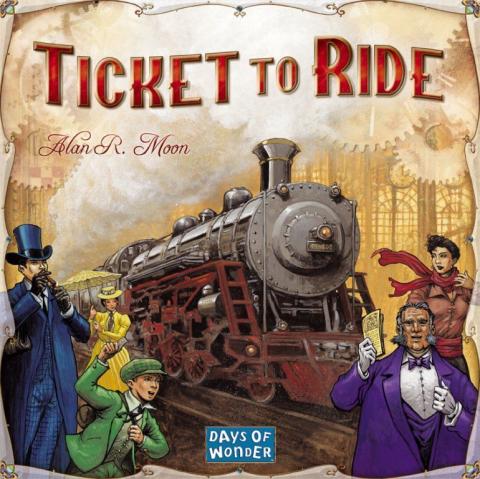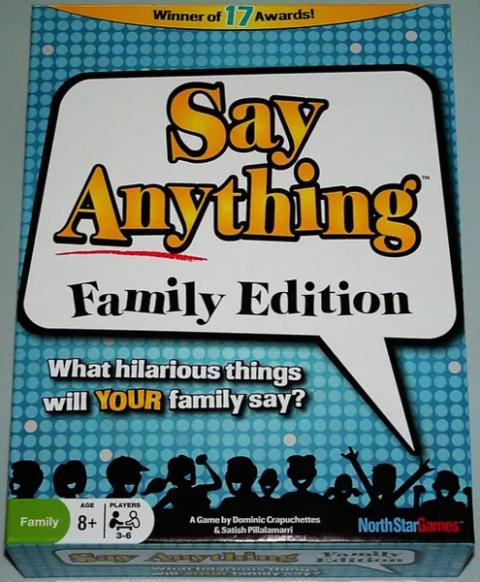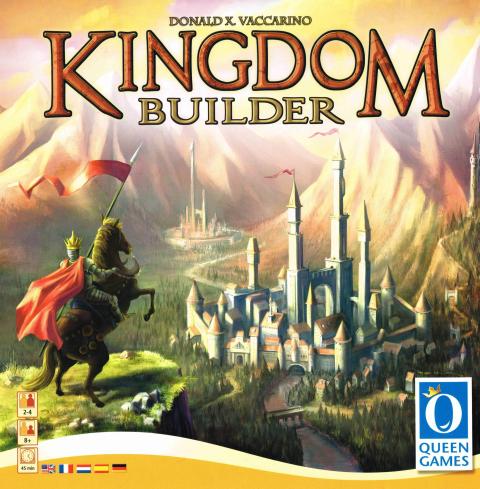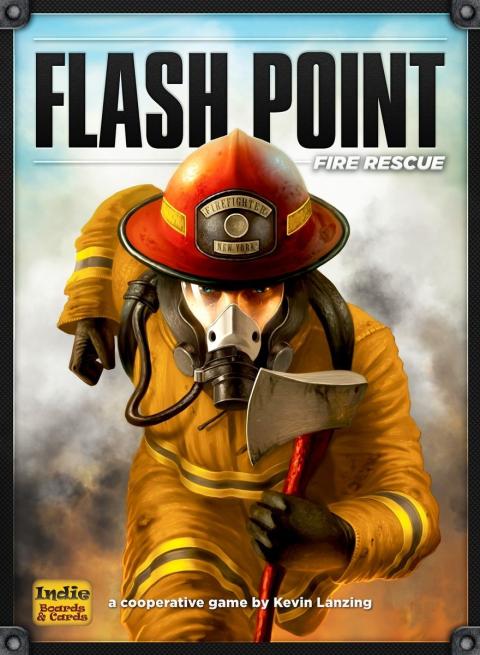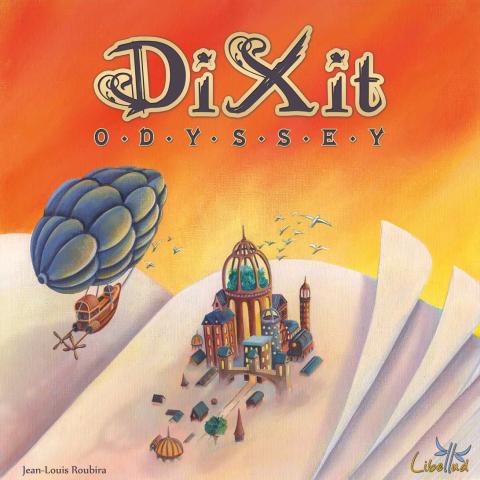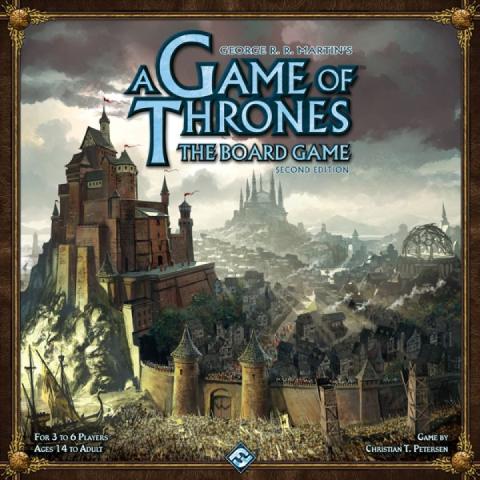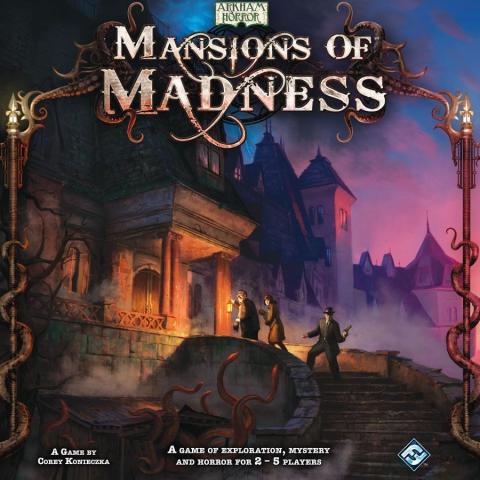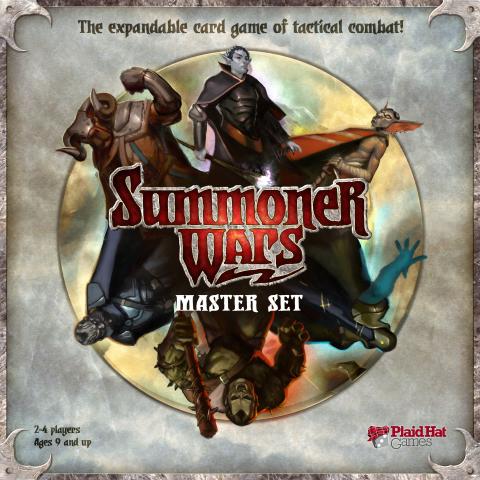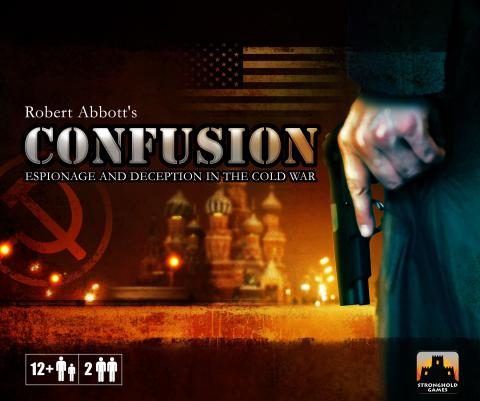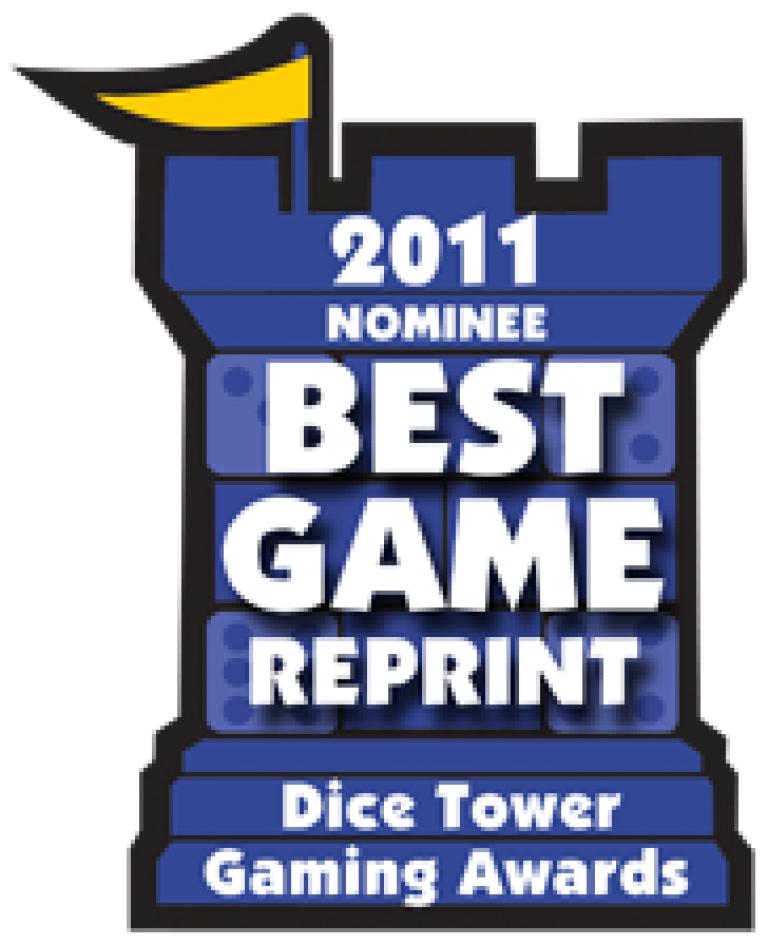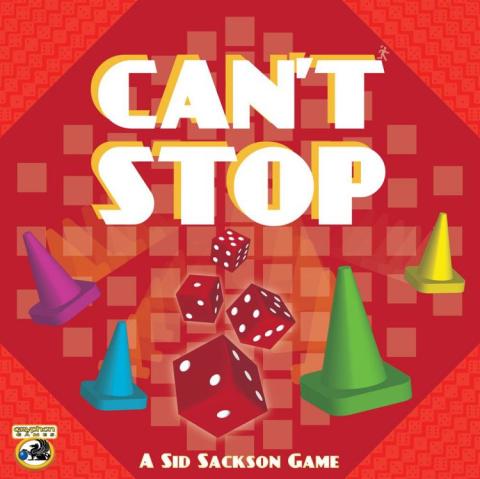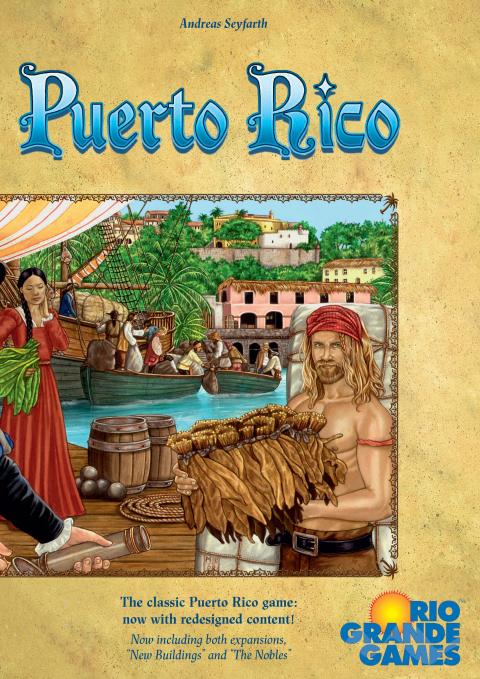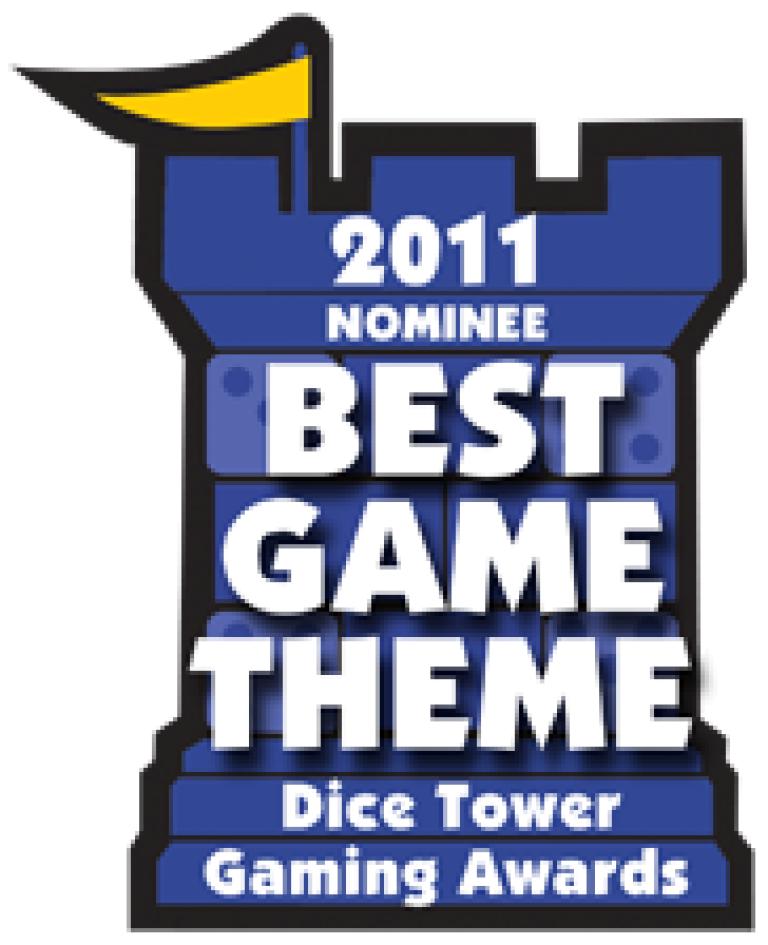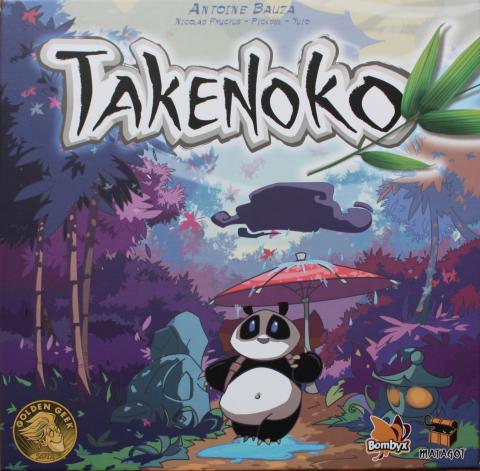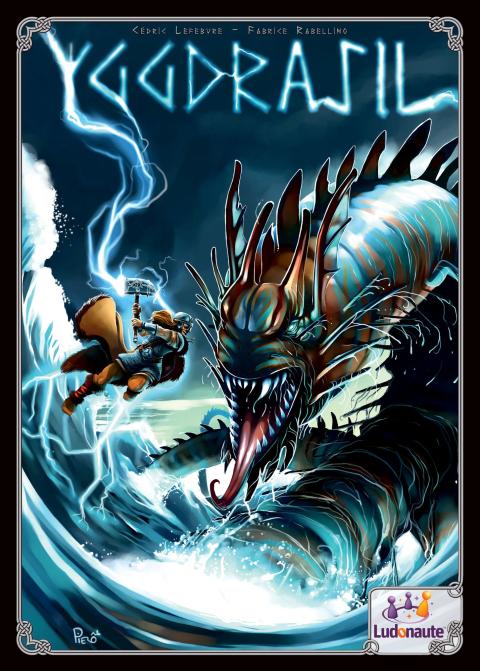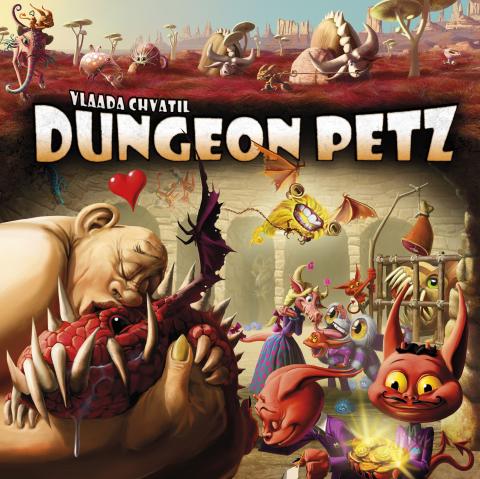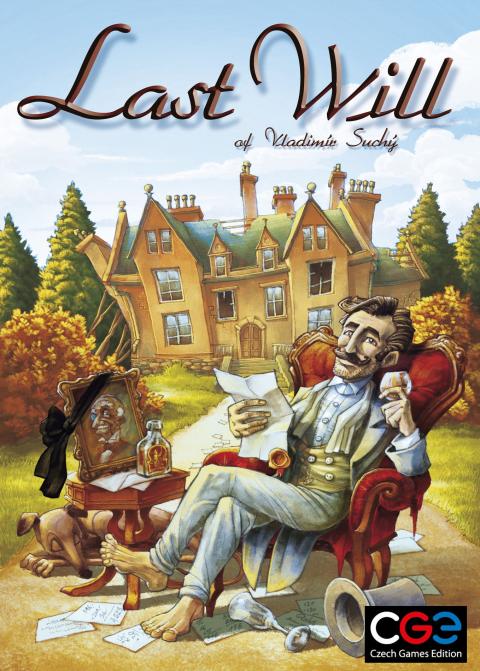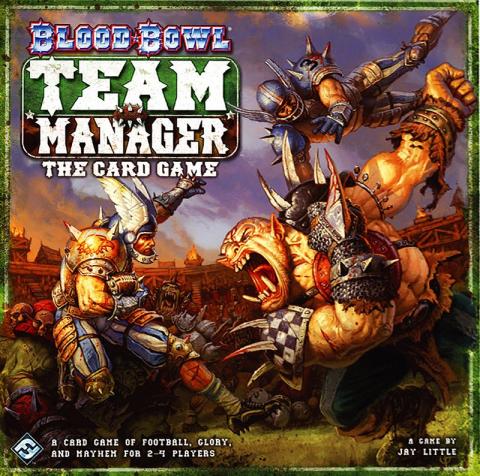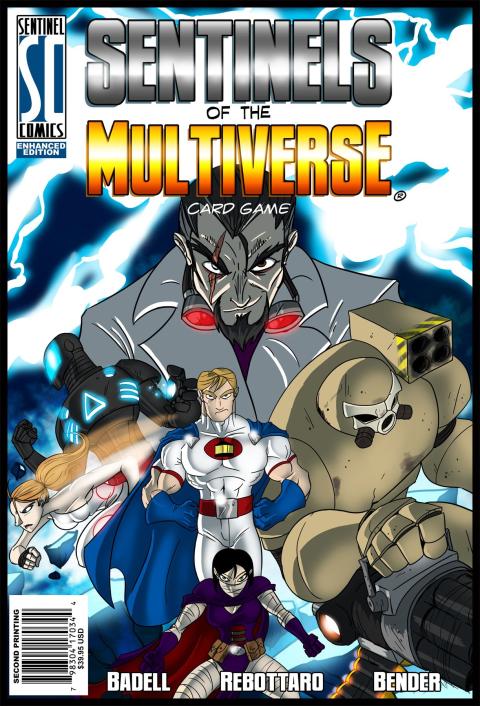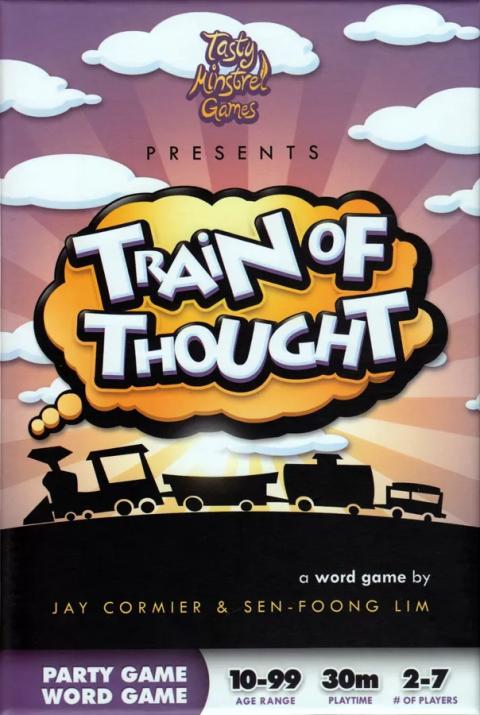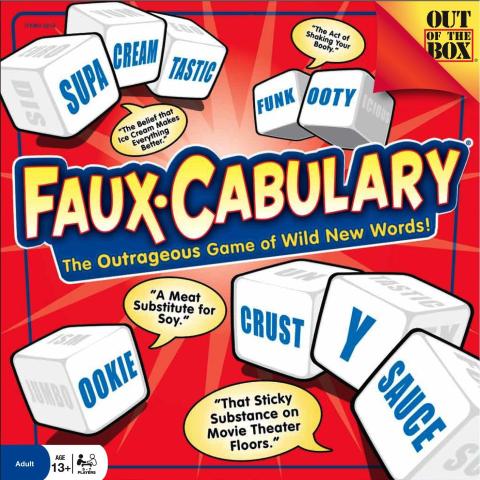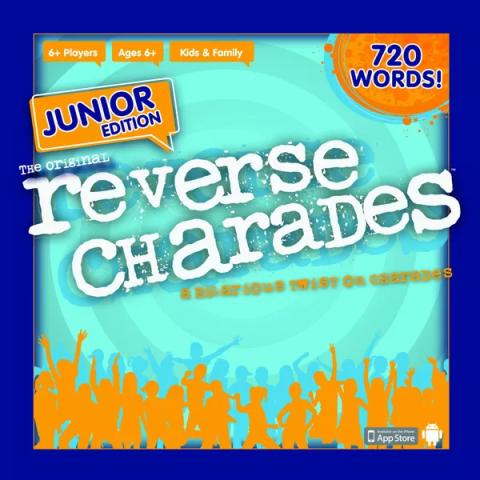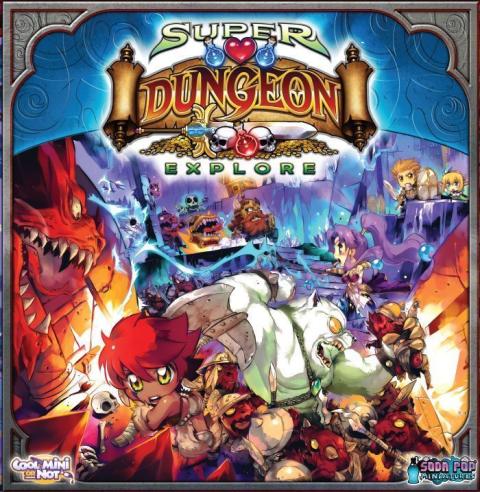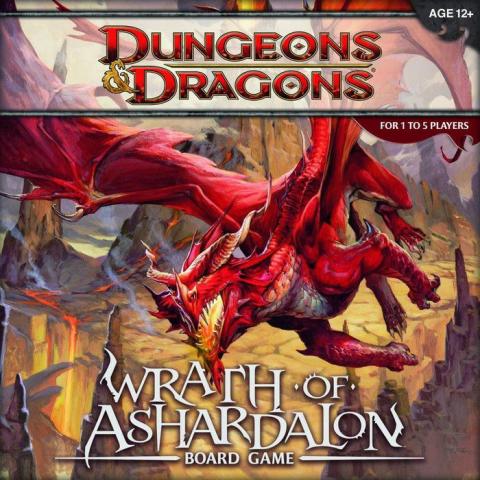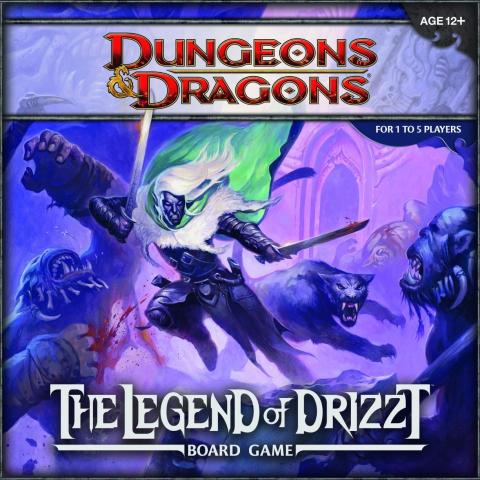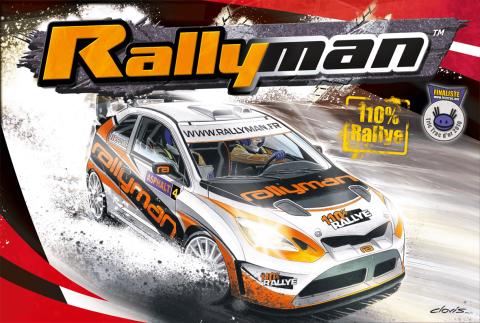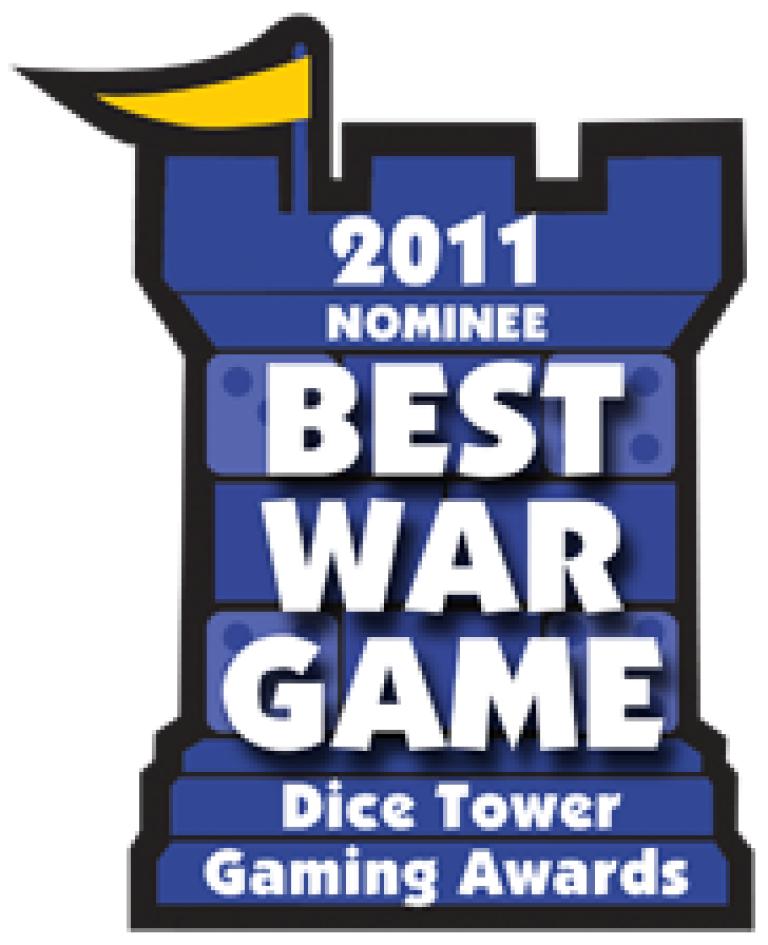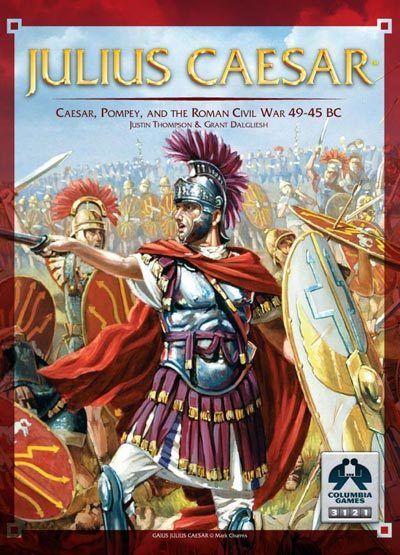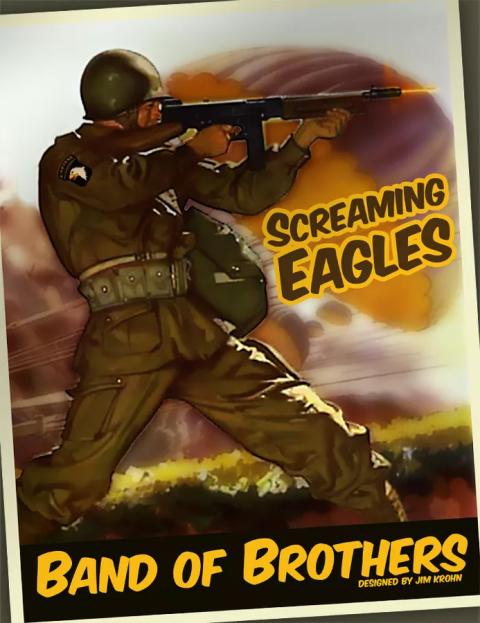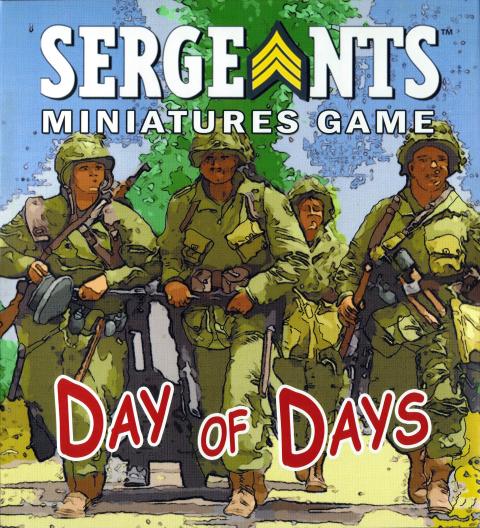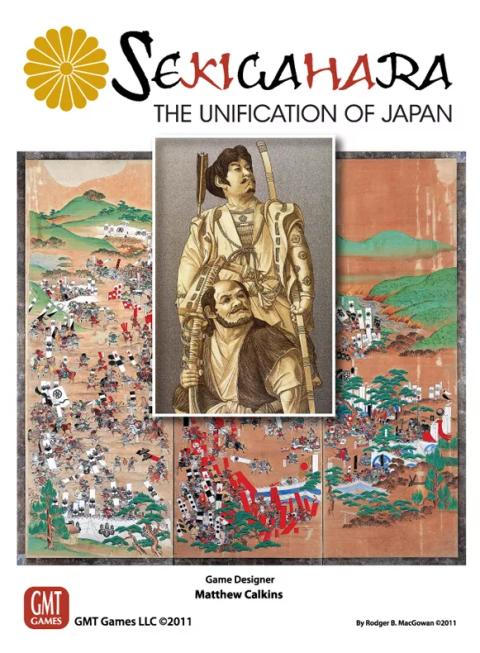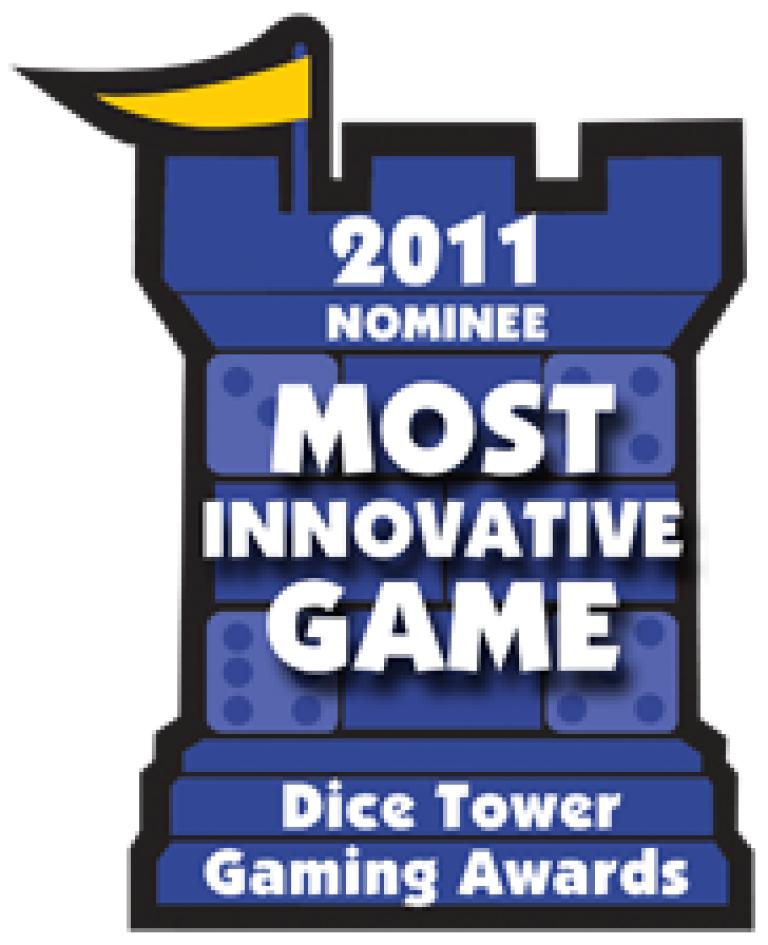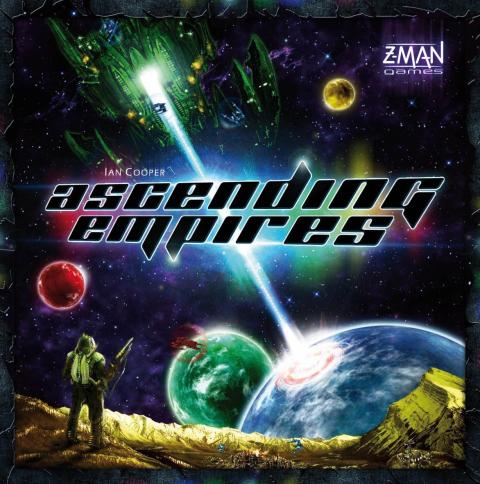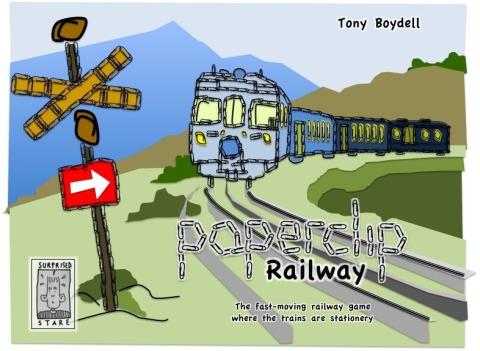Presenting the nominees of the fifth annual Dice Tower Awards for games released in 2011 in categories including artwork, small publisher, new designer, and the game of the year!
Game of the Year
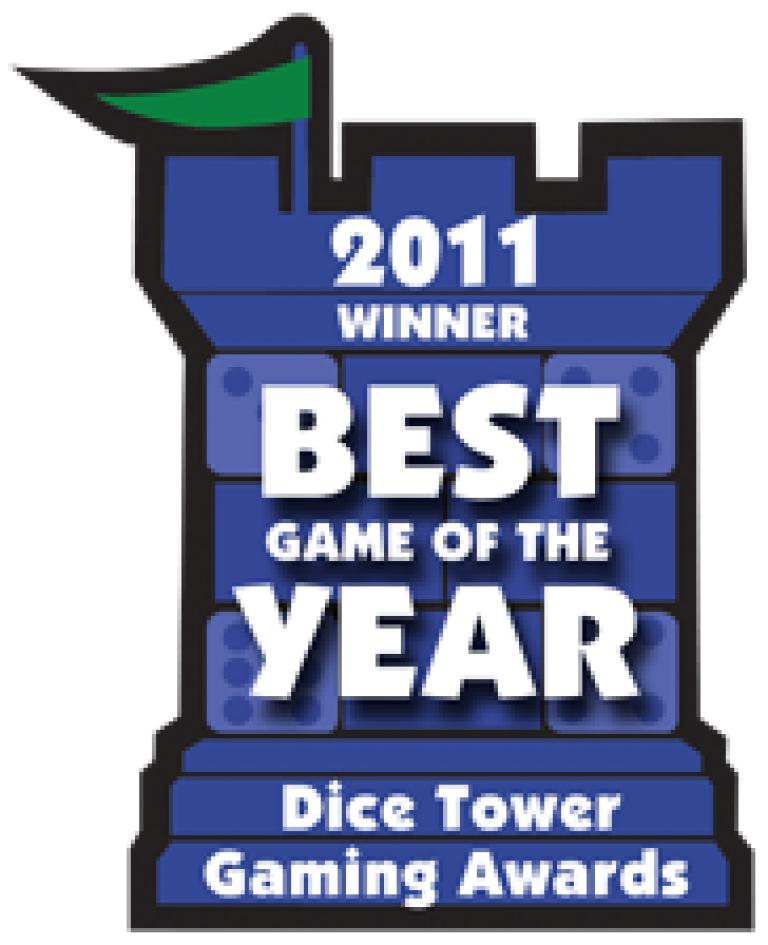
The galaxy has been a peaceful place for many years. After the ruthless Terran–Hegemony War (30.027–33.364), much effort has been employed by all major spacefaring species to prevent the terrifying events from repeating themselves. The Galactic Council was formed to enforce precious peace, and it has taken many courageous efforts to prevent the escalation of malicious acts. Nevertheless, tension and discord are growing among the seven major species and in the Council itself. Old alliances are shattering, and hasty diplomatic treaties are made in secrecy. A confrontation of the superpowers seems inevitable – only the outcome of the galactic conflict remains to be seen. Which faction will emerge victorious and lead the galaxy under its rule?
A game of Eclipse places you in control of a vast interstellar civilization, competing for success with its rivals. You will explore new star systems, research technologies, and build spaceships with which to wage war. There are many potential paths to victory, so you need to plan your strategy according to the strengths and weaknesses of your species, while paying attention to the other civilizations' endeavors.
The shadows of the great civilizations are about to eclipse the galaxy. Lead your people to victory!
A game of Eclipse places you in control of a vast interstellar civilization, competing for success with its rivals. You will explore new star systems, research technologies, and build spaceships with which to wage war. There are many potential paths to victory, so you need to plan your strategy according to the strengths and weaknesses of your species, while paying attention to the other civilizations' endeavors.
The shadows of the great civilizations are about to eclipse the galaxy. Lead your people to victory!
Year Published:
2011
Designers:
Touko Tahkokallio
Publishers:
Lautapelit.fi
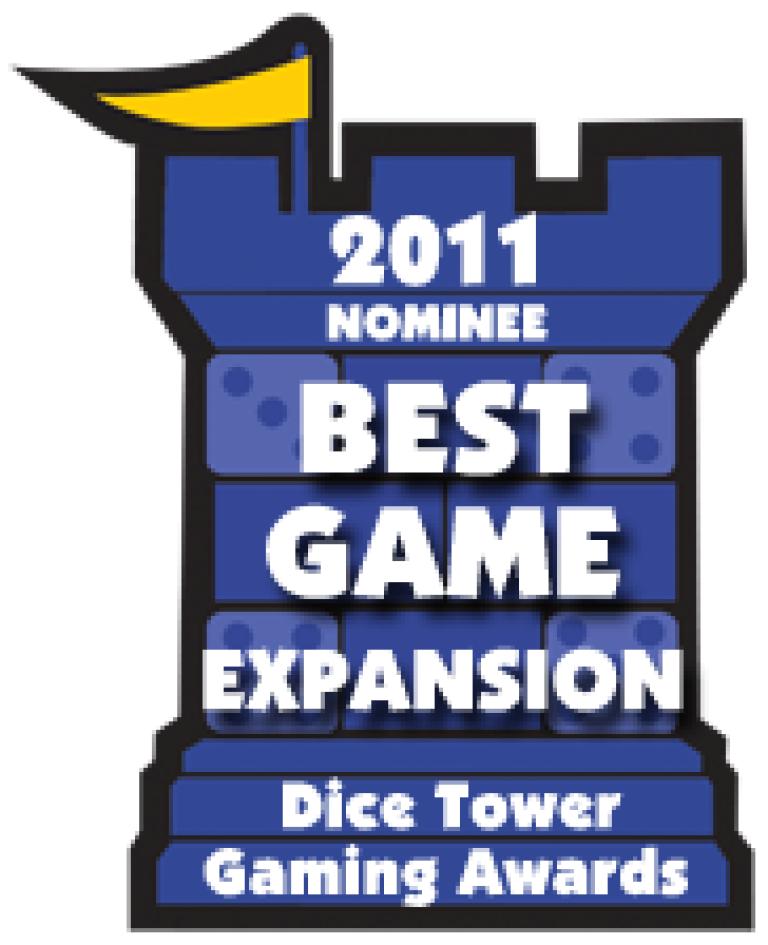
Best Digital Board Game
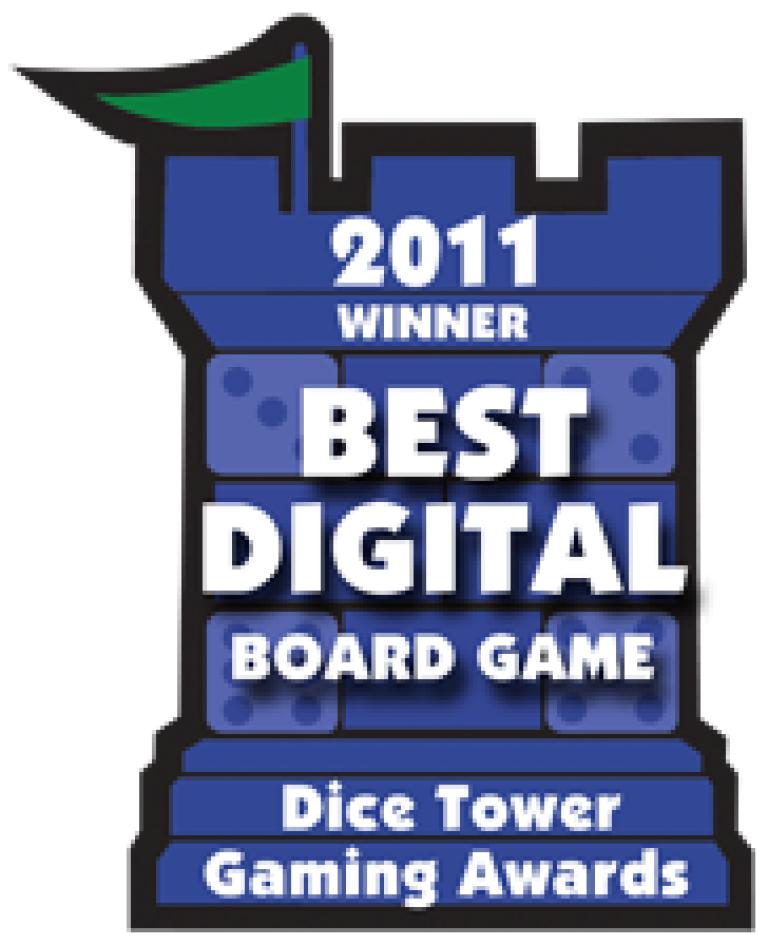
Ascension: Deckbuilding Game — originally released as Ascension: Chronicle of the Godslayer — is a fast-paced deck-building game designed by Magic: The Gathering Pro Tour champions Justin Gary, Rob Dougherty, and Brian Kibler, with artwork by Eric Sabee.
Ascension is a deck-building game in which players spend Runes to acquire more powerful cards for their deck. It offers a dynamic play experience where players have to react and adjust their strategy accordingly. Each player starts with a small deck of cards, and uses those cards to acquire more and better cards for their deck, with the goal of earning the most Honor Points by gaining cards and defeating monsters.
Ascension is a deck-building game in which players spend Runes to acquire more powerful cards for their deck. It offers a dynamic play experience where players have to react and adjust their strategy accordingly. Each player starts with a small deck of cards, and uses those cards to acquire more and better cards for their deck, with the goal of earning the most Honor Points by gaining cards and defeating monsters.
Year Published:
2010
Designers:
John Fiorillo
Publishers:
Stone Blade Entertainment
Best Family Game
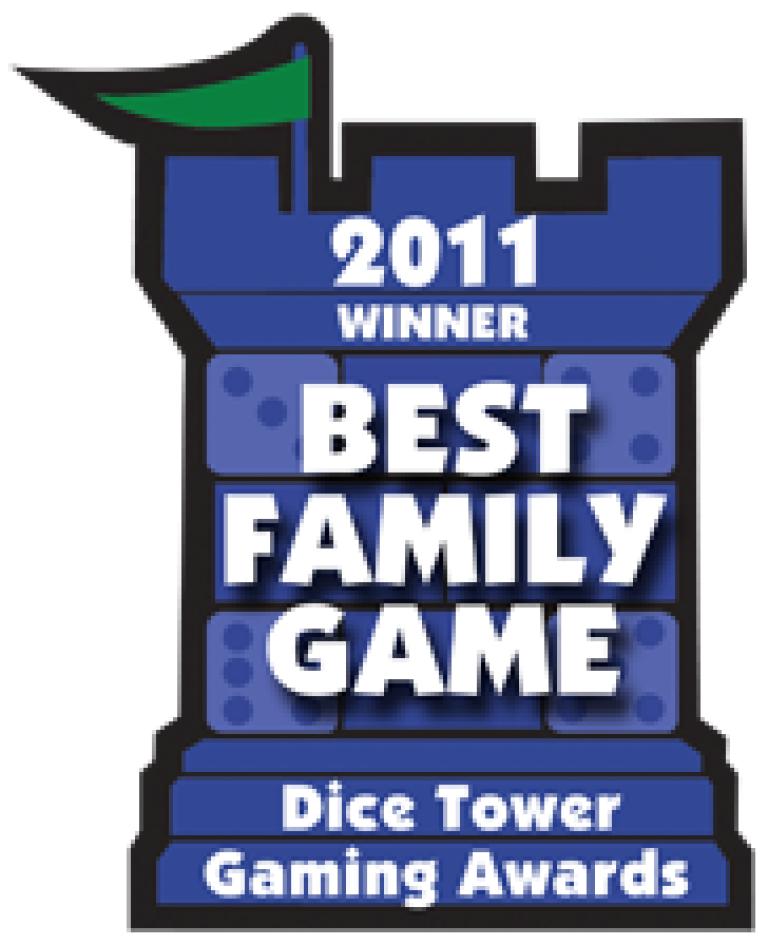
In King of Tokyo, you play mutant monsters, gigantic robots, and strange aliens—all of whom are destroying Tokyo and whacking each other in order to become the one and only King of Tokyo.
At the start of each turn, you roll six dice, which show the following six symbols: 1, 2, or 3 Victory Points, Energy, Heal, and Attack. Over three successive throws, choose whether to keep or discard each die in order to win victory points, gain energy, restore health, or attack other players into understanding that Tokyo is YOUR territory.
The fiercest player will occupy Tokyo, and earn extra victory points, but that player can't heal and must face all the other monsters alone!
Top this off with special cards purchased with energy that have a permanent or temporary effect, such as the growing of a second head which grants you an additional die, body armor, nova death ray, and more.... and it's one of the most explosive games of the year!
In order to win the game, one must either destroy Tokyo by accumulating 20 victory points, or be the only surviving monster once the fighting has ended.
First Game in the King of Tokyo series
At the start of each turn, you roll six dice, which show the following six symbols: 1, 2, or 3 Victory Points, Energy, Heal, and Attack. Over three successive throws, choose whether to keep or discard each die in order to win victory points, gain energy, restore health, or attack other players into understanding that Tokyo is YOUR territory.
The fiercest player will occupy Tokyo, and earn extra victory points, but that player can't heal and must face all the other monsters alone!
Top this off with special cards purchased with energy that have a permanent or temporary effect, such as the growing of a second head which grants you an additional die, body armor, nova death ray, and more.... and it's one of the most explosive games of the year!
In order to win the game, one must either destroy Tokyo by accumulating 20 victory points, or be the only surviving monster once the fighting has ended.
First Game in the King of Tokyo series
Year Published:
2011
Designers:
Richard Garfield
Publishers:
IELLO
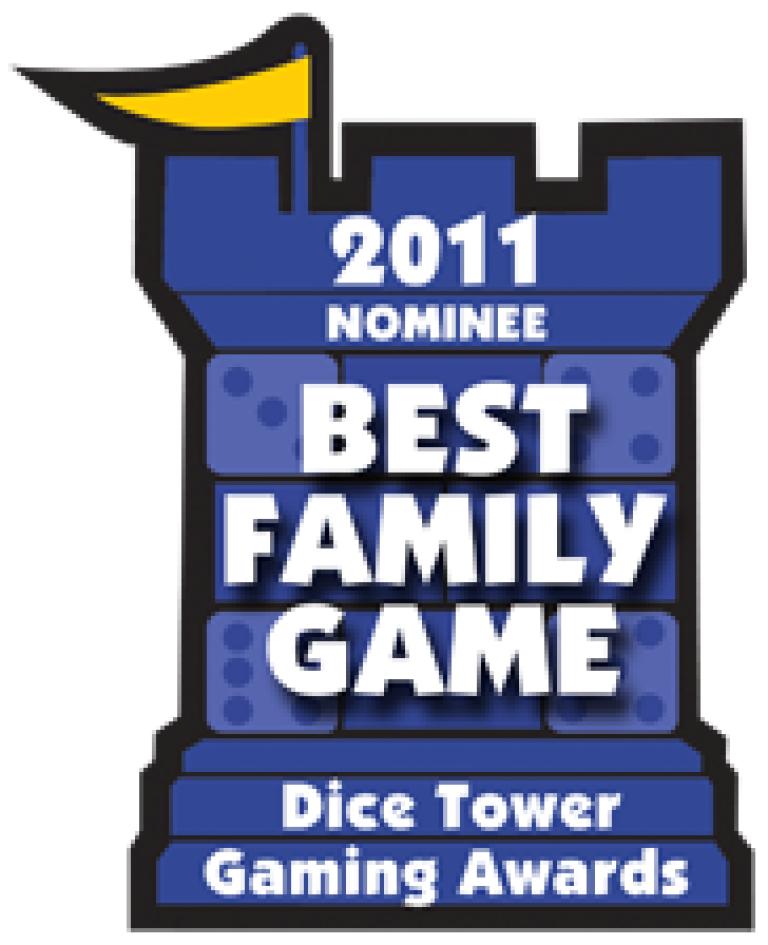
Best Artwork
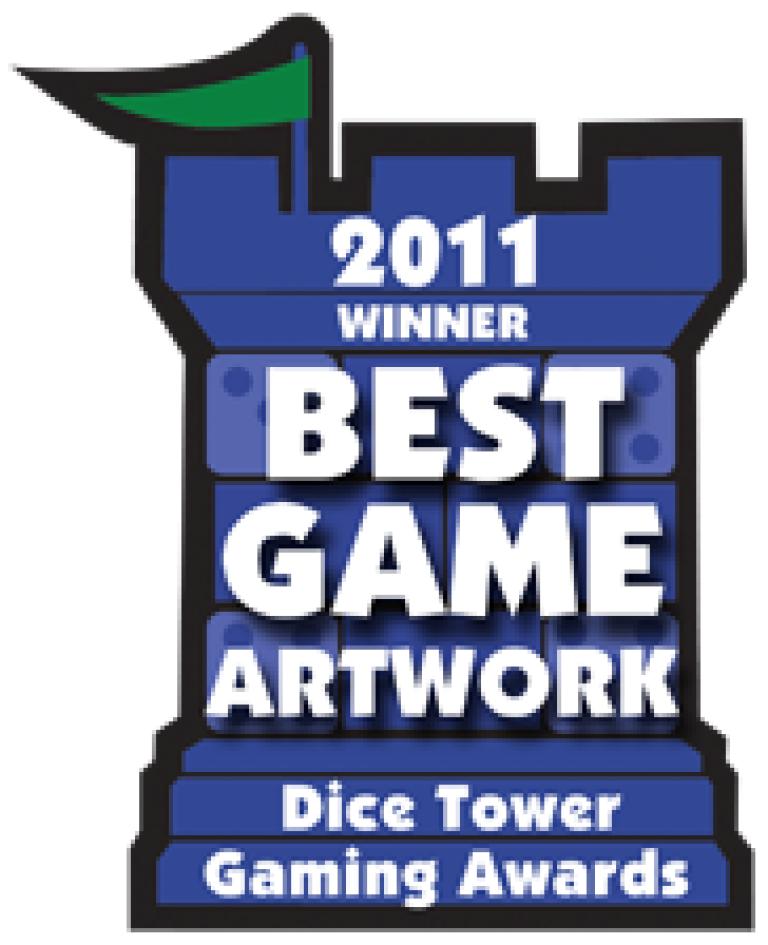
The Lord of the Rings: The Card Game is a cooperative adventure game in which the players attempt to complete a scenario, each with up to three heroes of their choice and a deck of allies, events and attachments to support them. Each round, players send their heroes and allies to quest or to fight with enemies that engage them. However, as the heroes and allies exhaust after questing, defending, or attacking, the players' options are typically insufficient to deal with everything at once. Therefore, players need to determine whether it is more urgent to quest and make progress in the scenario while the enemy forces gain power, or to take down enemies while making no progress, not knowing what will come next.
The Lord of the Rings: The Card Game is the base game of a Living Card Game for which new adventure packs are released monthly. The base game contains three scenarios, twelve famous characters from the works of J.R.R. Tolkien (including Aragorn, Legolas, Gimli, Denethor and Eowyn), and four pre-constructed player decks. Players can either use one of these decks or construct their own deck to increase their chances to be successful in the more challenging scenarios. The monthly adventure packs contain a new scenario, a new hero, and new player cards to be used in their deck. The base game is for 1-2 players, but with an additional base game the scenarios can be played with up to four players.
Although this game is set in Tolkien's Middle Earth, typical scenarios do not represent scenes from the books, but rather take place in the seventeen years from Bilbo's 111th birthday until Frodo's departure from the Shire.
The scenarios from saga-expansions do represent scenes from The Lord of the Rings and The Hobbit books. These saga-quests can optionally be played together as a Campaign Mode, with lasting consequences arising from the players' actions and decisions.
The Lord of the Rings: The Card Game is the base game of a Living Card Game for which new adventure packs are released monthly. The base game contains three scenarios, twelve famous characters from the works of J.R.R. Tolkien (including Aragorn, Legolas, Gimli, Denethor and Eowyn), and four pre-constructed player decks. Players can either use one of these decks or construct their own deck to increase their chances to be successful in the more challenging scenarios. The monthly adventure packs contain a new scenario, a new hero, and new player cards to be used in their deck. The base game is for 1-2 players, but with an additional base game the scenarios can be played with up to four players.
Although this game is set in Tolkien's Middle Earth, typical scenarios do not represent scenes from the books, but rather take place in the seventeen years from Bilbo's 111th birthday until Frodo's departure from the Shire.
The scenarios from saga-expansions do represent scenes from The Lord of the Rings and The Hobbit books. These saga-quests can optionally be played together as a Campaign Mode, with lasting consequences arising from the players' actions and decisions.
Year Published:
2011
Designers:
Nate French
Publishers:
Fantasy Flight Games
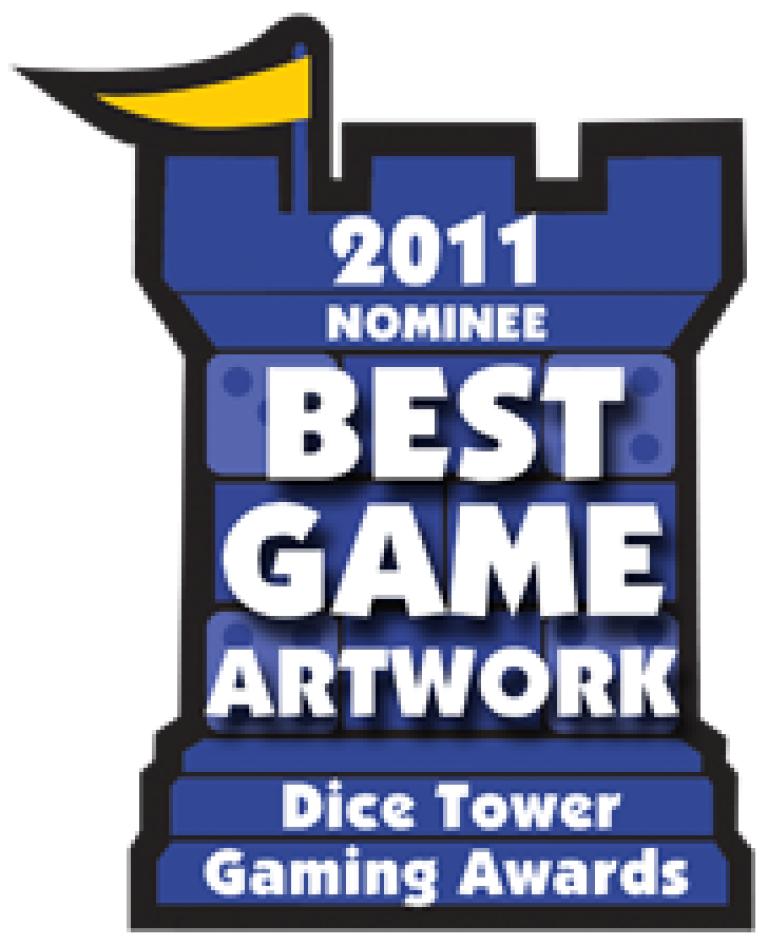
Best Expansion
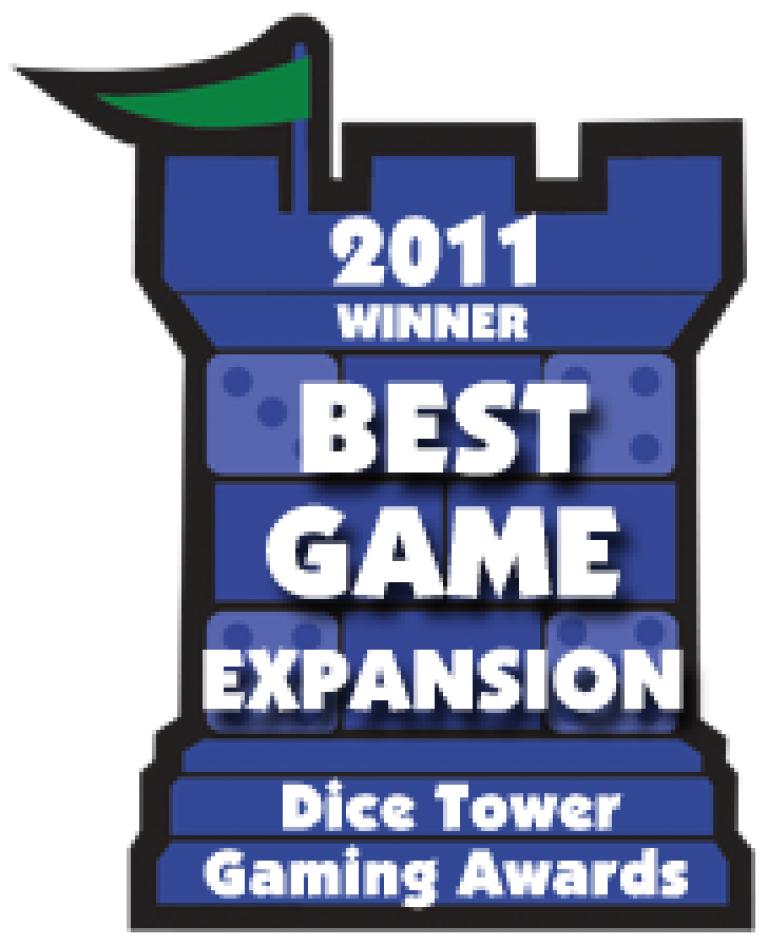
Summoner Wars is a fast-playing, action-packed card game for 2-4 players in which they take on the role of Summoners: powerful beings who harness the power of mysterious Summoning Stones to lead their race to conquest on the war-torn planet of Itharia. These Summoners wield terrible magic on the battlefield, freezing their foes in place, draining their enemies of power, and even bringing rains of fire down from the heavens. But most notoriously, they summon their great race's hordes of warriors to the battlefield, to clash in the never-ending struggle for supremacy. A Summoner is both mage and general, and must combine their wizardly might with clever tactics to defeat the enemy Summoner on the opposite side of the battle.
The Summoner Wars Master Set contains six new and different complete factions from which to choose:
Play as the Shadow Elves and conceal your plans in swirling darkness!
Choose the Benders and confound your foe, turning his own troops against him!
Command the Vargath, mountainous goatfolk who call lightning from the heavens!
Select the nefarious Sand Goblins and delight in malicious trickery!
Muster the Deep Dwarves and control the forces of Geomancy!
Lead the ferocious Swamp Orcs to war and hack upon your foes as they are snared in your vines!
Strategy shapes the composition of each deck of cards and how they are used. Tactics determine the effectiveness of those cards in battle. Call walls of stone to protect you in combat and serve as magic portals for you to summon your warriors. Call your forces forth and send them in a surging wave against your enemy. Cast spells that bolster your forces and cut down those who would oppose you.
Victory can come only from the death of your opponent's Summoner...
The Summoner Wars Master Set contains six new and different complete factions from which to choose:
Play as the Shadow Elves and conceal your plans in swirling darkness!
Choose the Benders and confound your foe, turning his own troops against him!
Command the Vargath, mountainous goatfolk who call lightning from the heavens!
Select the nefarious Sand Goblins and delight in malicious trickery!
Muster the Deep Dwarves and control the forces of Geomancy!
Lead the ferocious Swamp Orcs to war and hack upon your foes as they are snared in your vines!
Strategy shapes the composition of each deck of cards and how they are used. Tactics determine the effectiveness of those cards in battle. Call walls of stone to protect you in combat and serve as magic portals for you to summon your warriors. Call your forces forth and send them in a surging wave against your enemy. Cast spells that bolster your forces and cut down those who would oppose you.
Victory can come only from the death of your opponent's Summoner...
Year Published:
2011
Designers:
Colby Dauch
Publishers:
Plaid Hat Games
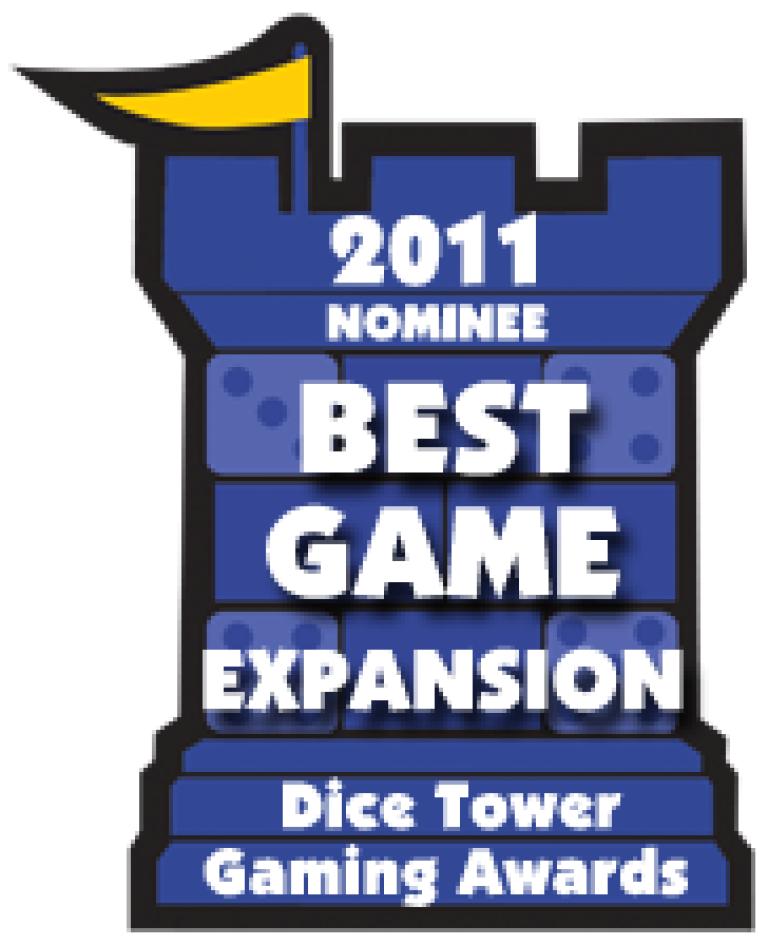
Best Reprint
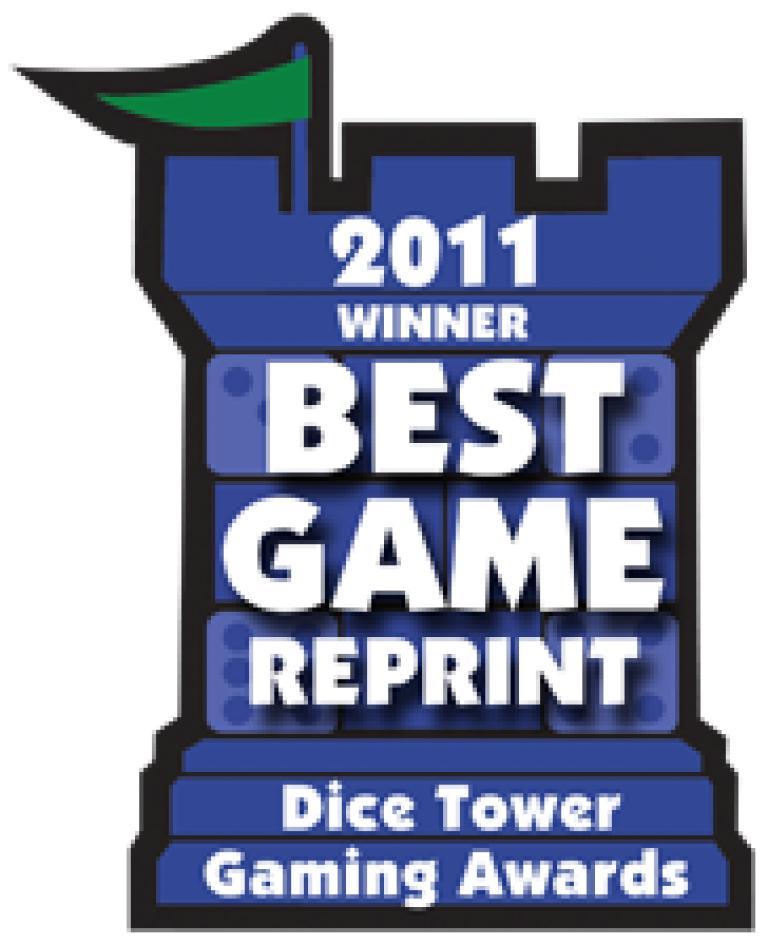
A strategic two-player abstract with a heavy deduction element. At the start of the game, neither player knows how their own pieces move. Via performing attempted moves, each player tries to deduce the movement of their own pieces. As you determine how to move your pieces, your goal is to capture the neutral piece, initially located in the center of the board, and deliver it to your opponent's side of the board.
From the new Stronghold Games version, Confusion: Espionage and Deception in the Cold War:
The Cold War. A dangerous time for the world. A dangerous time to be a spy... but that is exactly what being a spy is all about. As the shadowy clouds of intrigue and subterfuge settle across the globe you have been called upon by your country to obtain the Top Secret information that will ensure your country's safety and supremacy. But not all is as it seems; your spies are difficult to control on a global scale, and even worse, there's a Double Agent in your midst who threatens the entire mission!
At the start of a game of Confusion, players aren't aware of the talents and skills their own spies possess! Your opponent can see what your spies can do, but you cannot. Your job as a wise leader is to first deduce exactly how each of your spies move, then employ your knowledge by using each spy for maximum effect. But be on alert, because your opponent has placed a double-agent in your team of spies! The first player to take the Top Secret Briefcase from the middle of the board and deliver it to his opponent's capital is the winner.
Can you achieve your goals at the expense of your opponent, or will the entire operation collapse in a sea of Confusion?
Confusion is game #1 in the Stronghold Games "Castle Line".
From the new Stronghold Games version, Confusion: Espionage and Deception in the Cold War:
The Cold War. A dangerous time for the world. A dangerous time to be a spy... but that is exactly what being a spy is all about. As the shadowy clouds of intrigue and subterfuge settle across the globe you have been called upon by your country to obtain the Top Secret information that will ensure your country's safety and supremacy. But not all is as it seems; your spies are difficult to control on a global scale, and even worse, there's a Double Agent in your midst who threatens the entire mission!
At the start of a game of Confusion, players aren't aware of the talents and skills their own spies possess! Your opponent can see what your spies can do, but you cannot. Your job as a wise leader is to first deduce exactly how each of your spies move, then employ your knowledge by using each spy for maximum effect. But be on alert, because your opponent has placed a double-agent in your team of spies! The first player to take the Top Secret Briefcase from the middle of the board and deliver it to his opponent's capital is the winner.
Can you achieve your goals at the expense of your opponent, or will the entire operation collapse in a sea of Confusion?
Confusion is game #1 in the Stronghold Games "Castle Line".
Year Published:
1992
Designers:
Robert Abbott
Publishers:
franjos Spieleverlag
Best Game Theming
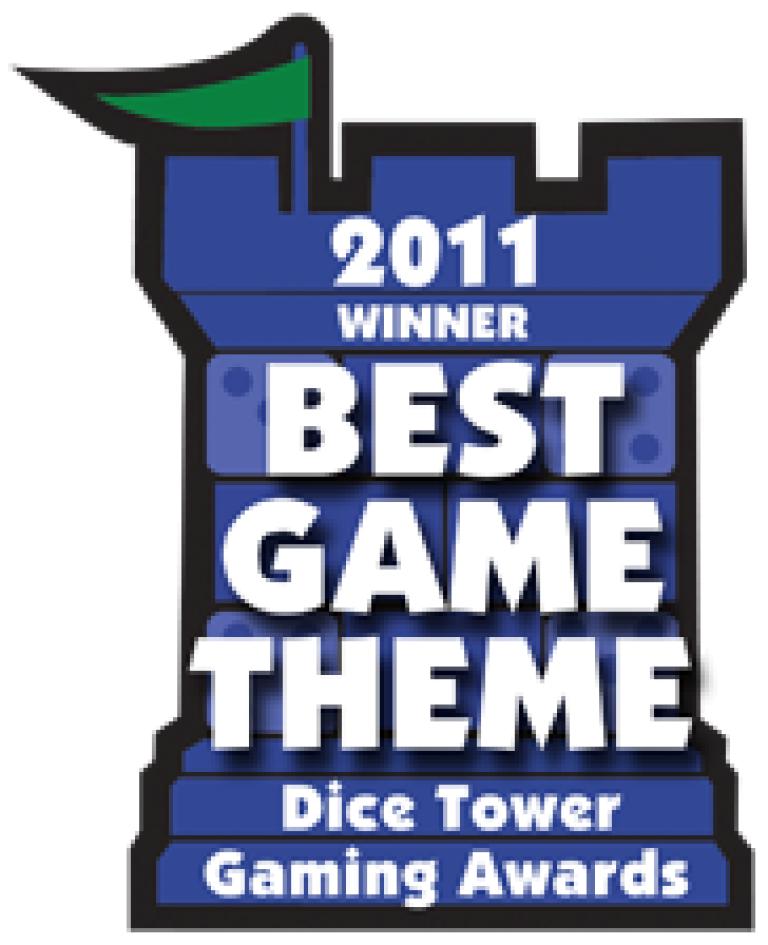
The call comes in... "911, what is your emergency?" On the other end is a panicked response of "FIRE!" Moments later you don the protective suits that will keep you alive, gather your equipment and rush to the scene of a blazing inferno. The team has only seconds to assess the situation and devise a plan of attack – then you spring into action like the trained professionals that you are. You must face your fears, never give up, and above all else work as a team because the fire is raging, the building is threatening to collapse, and lives are in danger.
You must succeed. You are the brave men and women of fire rescue; people are depending on you. This is what you do every day.
Flash Point: Fire Rescue is a cooperative game of fire rescue.
There are two versions of game play in Flash Point, a basic game and expert game.
In both variants, players are attempting to rescue 7 of 10 victims from a raging building fire.
As the players attempt to rescue the victims, the fire spreads to other parts of the building, causing structural damage and possibly blocking off pathways through the building. Each turn a player may spend action points to try to extinguish fires, move through the building, move victims out of the building or perform various special actions such as moving emergency vehicles. If 4 victims perish in the blaze or the building collapses from taking too much structural damage, the players lose. Otherwise, the players win instantly when they rescue a 7th victim.
The expert variant included in the game adds thematic elements such as flash over, combustible materials, random setup, and variations on game difficulty from novice to heroic. The game includes a double sided board with two different building plans and several expansion maps are available.
You must succeed. You are the brave men and women of fire rescue; people are depending on you. This is what you do every day.
Flash Point: Fire Rescue is a cooperative game of fire rescue.
There are two versions of game play in Flash Point, a basic game and expert game.
In both variants, players are attempting to rescue 7 of 10 victims from a raging building fire.
As the players attempt to rescue the victims, the fire spreads to other parts of the building, causing structural damage and possibly blocking off pathways through the building. Each turn a player may spend action points to try to extinguish fires, move through the building, move victims out of the building or perform various special actions such as moving emergency vehicles. If 4 victims perish in the blaze or the building collapses from taking too much structural damage, the players lose. Otherwise, the players win instantly when they rescue a 7th victim.
The expert variant included in the game adds thematic elements such as flash over, combustible materials, random setup, and variations on game difficulty from novice to heroic. The game includes a double sided board with two different building plans and several expansion maps are available.
Year Published:
2011
Designers:
Kevin Lanzing
Publishers:
Indie Boards & Cards
Best Game from a New Designer
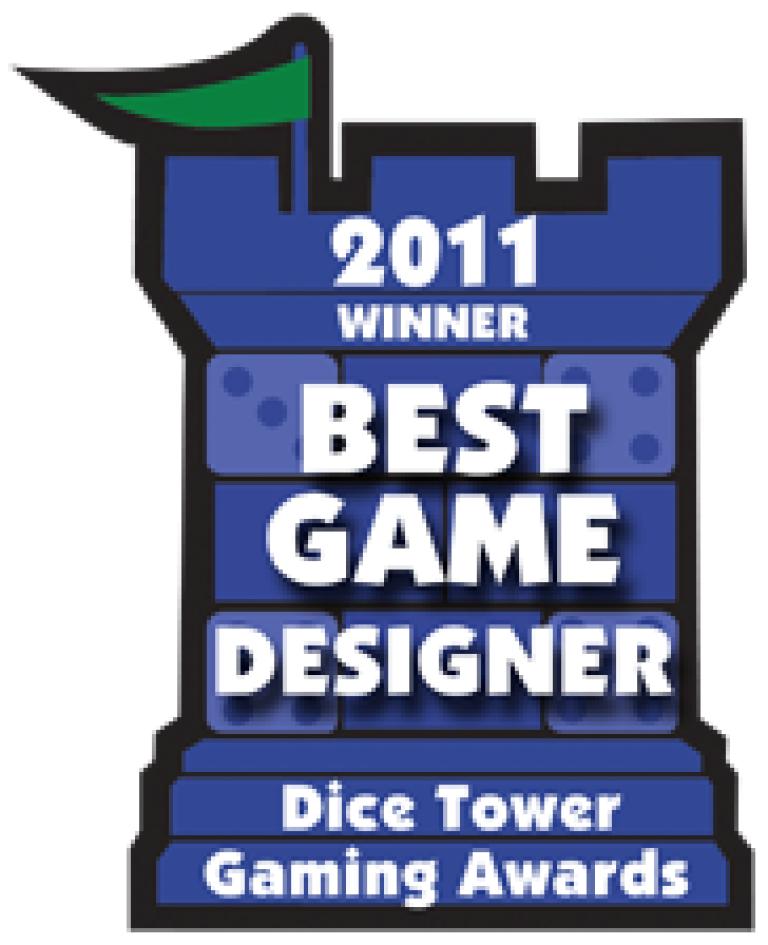
The call comes in... "911, what is your emergency?" On the other end is a panicked response of "FIRE!" Moments later you don the protective suits that will keep you alive, gather your equipment and rush to the scene of a blazing inferno. The team has only seconds to assess the situation and devise a plan of attack – then you spring into action like the trained professionals that you are. You must face your fears, never give up, and above all else work as a team because the fire is raging, the building is threatening to collapse, and lives are in danger.
You must succeed. You are the brave men and women of fire rescue; people are depending on you. This is what you do every day.
Flash Point: Fire Rescue is a cooperative game of fire rescue.
There are two versions of game play in Flash Point, a basic game and expert game.
In both variants, players are attempting to rescue 7 of 10 victims from a raging building fire.
As the players attempt to rescue the victims, the fire spreads to other parts of the building, causing structural damage and possibly blocking off pathways through the building. Each turn a player may spend action points to try to extinguish fires, move through the building, move victims out of the building or perform various special actions such as moving emergency vehicles. If 4 victims perish in the blaze or the building collapses from taking too much structural damage, the players lose. Otherwise, the players win instantly when they rescue a 7th victim.
The expert variant included in the game adds thematic elements such as flash over, combustible materials, random setup, and variations on game difficulty from novice to heroic. The game includes a double sided board with two different building plans and several expansion maps are available.
You must succeed. You are the brave men and women of fire rescue; people are depending on you. This is what you do every day.
Flash Point: Fire Rescue is a cooperative game of fire rescue.
There are two versions of game play in Flash Point, a basic game and expert game.
In both variants, players are attempting to rescue 7 of 10 victims from a raging building fire.
As the players attempt to rescue the victims, the fire spreads to other parts of the building, causing structural damage and possibly blocking off pathways through the building. Each turn a player may spend action points to try to extinguish fires, move through the building, move victims out of the building or perform various special actions such as moving emergency vehicles. If 4 victims perish in the blaze or the building collapses from taking too much structural damage, the players lose. Otherwise, the players win instantly when they rescue a 7th victim.
The expert variant included in the game adds thematic elements such as flash over, combustible materials, random setup, and variations on game difficulty from novice to heroic. The game includes a double sided board with two different building plans and several expansion maps are available.
Year Published:
2011
Designers:
Kevin Lanzing
Publishers:
Indie Boards & Cards
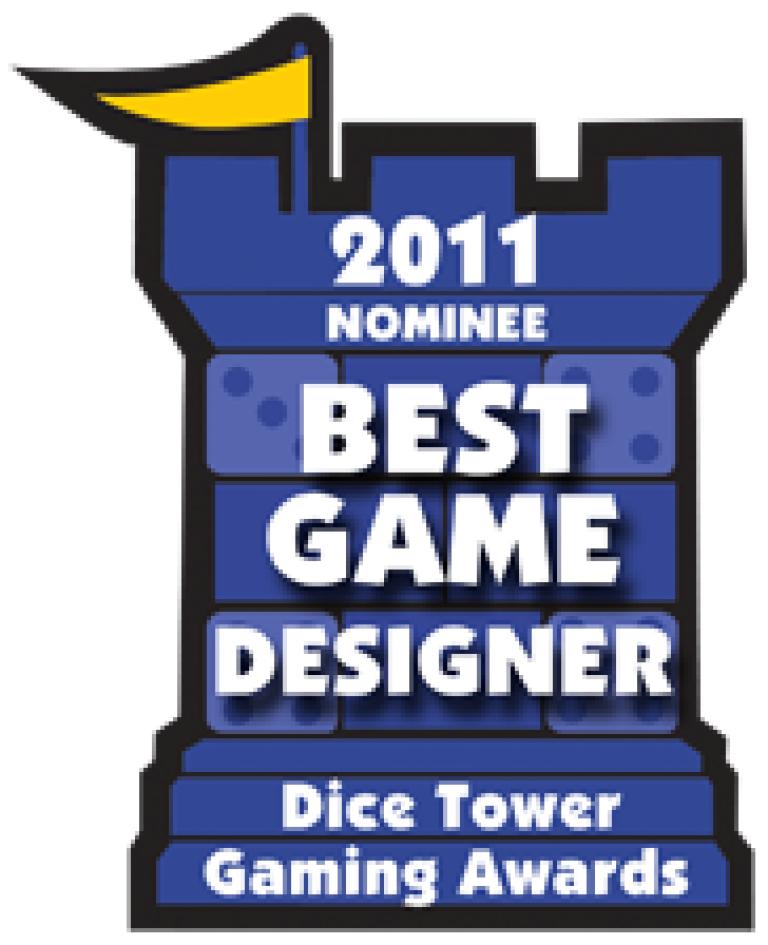
Best Party Game
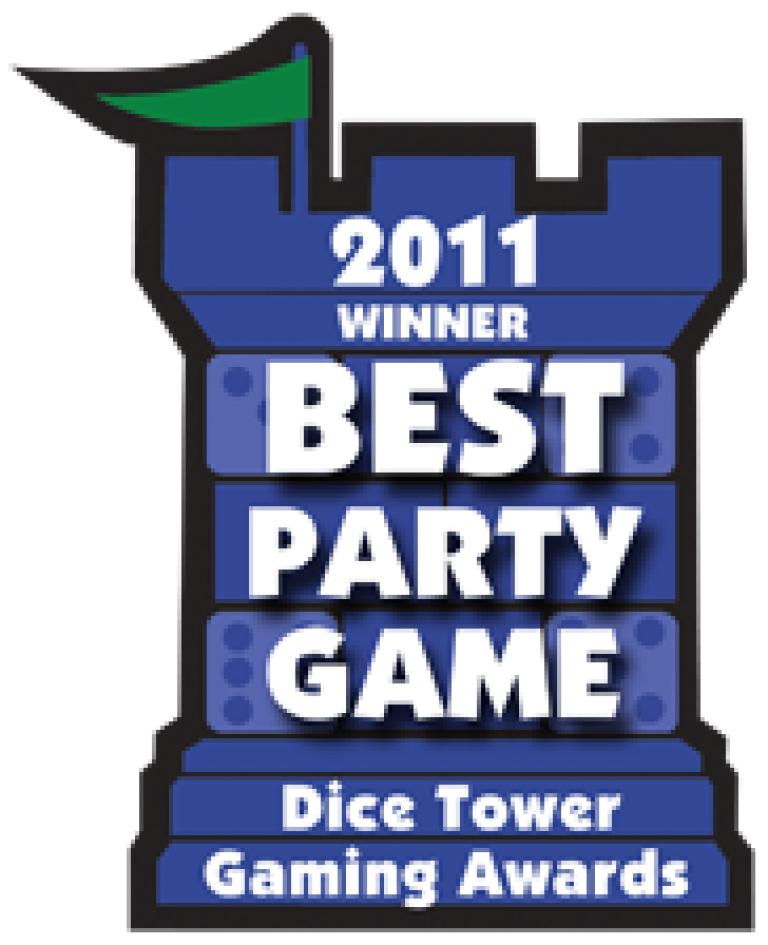
Dixit Odyssey is both a standalone game and an expansion (Dixit: Odyssey (expansion)) for Jean-Louis Roubira's Dixit, which won Germany's Spiel des Jahres award in 2010.
Game play in Dixit Odyssey matches that of Dixit: Each turn one player is the storyteller. This player secretly chooses one card in his hand, then gives a word or sentence to describe this card—but not too obviously. Each other player chooses a card in hand that matches this word/sentence and gives it to the storyteller. The storyteller then lays out the cards, and all other players vote on which card belongs to the storyteller. If no one or everyone guesses the storyteller's card, the storyteller receives no points and all players receive two; otherwise the storyteller and the correct guesser(s) each receive three points. Players score one point for each vote their image receives. Players refill their hands, and the next player becomes the storyteller. When the deck runs out, the player with the most points wins.
Dixit Odyssey contains 84 new cards, each with a unique image drawn by Pierô and colored by Marie Cardouat, artist of Dixit and Dixit 2. The stand alone version also includes a folding game board, 6 new rabbit scoring tokens (12 total), and a box large enough to hold all the Dixit cards released to date. The stand alone version of Dixit Odyssey includes enough components for up to twelve players and also has variant rules for team play and for new ways to play with the cards.
Expansion versus standalone versions of the game.
Standalone version is in a square box (released in 2011 but may still be available).
Expansion version is in a rectangular box (available from 2013 onwards): Dixit: Odyssey (expansion)
Game play in Dixit Odyssey matches that of Dixit: Each turn one player is the storyteller. This player secretly chooses one card in his hand, then gives a word or sentence to describe this card—but not too obviously. Each other player chooses a card in hand that matches this word/sentence and gives it to the storyteller. The storyteller then lays out the cards, and all other players vote on which card belongs to the storyteller. If no one or everyone guesses the storyteller's card, the storyteller receives no points and all players receive two; otherwise the storyteller and the correct guesser(s) each receive three points. Players score one point for each vote their image receives. Players refill their hands, and the next player becomes the storyteller. When the deck runs out, the player with the most points wins.
Dixit Odyssey contains 84 new cards, each with a unique image drawn by Pierô and colored by Marie Cardouat, artist of Dixit and Dixit 2. The stand alone version also includes a folding game board, 6 new rabbit scoring tokens (12 total), and a box large enough to hold all the Dixit cards released to date. The stand alone version of Dixit Odyssey includes enough components for up to twelve players and also has variant rules for team play and for new ways to play with the cards.
Expansion versus standalone versions of the game.
Standalone version is in a square box (released in 2011 but may still be available).
Expansion version is in a rectangular box (available from 2013 onwards): Dixit: Odyssey (expansion)
Year Published:
2011
Designers:
Jean-Louis Roubira
Publishers:
Libellud
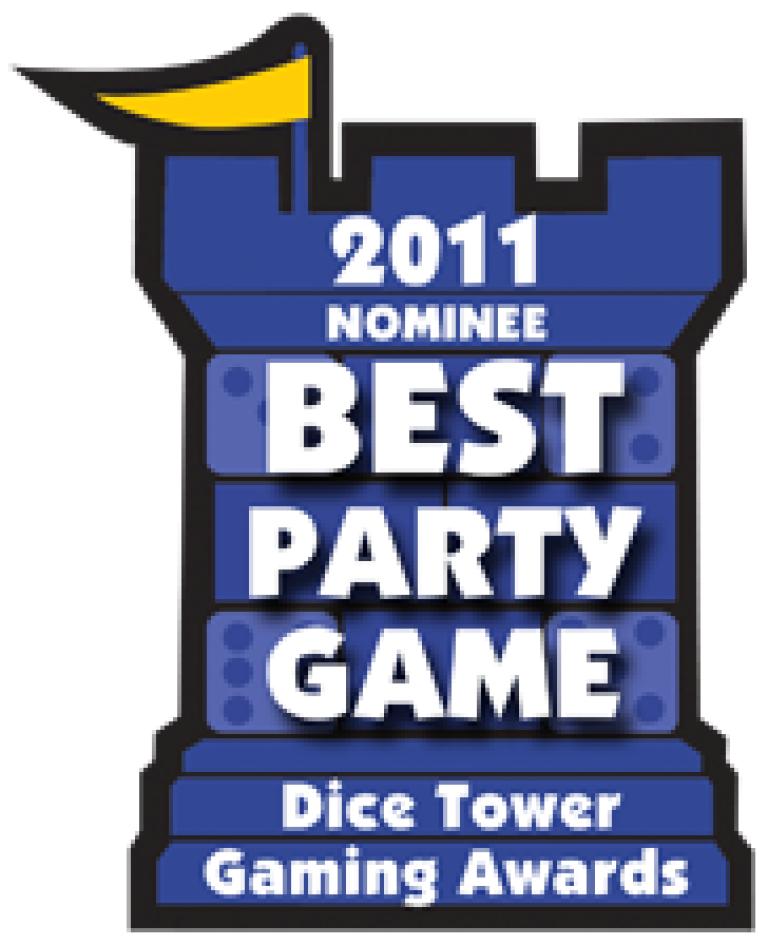
Best Board Game Production

Description from the publisher:
Horrific monsters and spectral presences lurk in manors, crypts, schools, monasteries, and derelict buildings near Arkham, Massachusetts. Some spin dark conspiracies while others wait for hapless victims to devour or drive insane. It’s up to a handful of brave investigators to explore these cursed places and uncover the truth about the living nightmares within.
Designed by Corey Konieczka, Mansions of Madness is a macabre game of horror, insanity, and mystery for two to five players. Each game takes place within a pre-designed story that provides players with a unique map and several combinations of plot threads. These threads affect the monsters that investigators may encounter, the clues they need to find, and which climactic story ending they will ultimately experience. One player takes on the role of the keeper, controlling the monsters and other malicious powers within the story. The other players take on the roles of investigators, searching for answers while struggling to survive with their minds intact.
Do you dare enter the Mansions of Madness?
Horrific monsters and spectral presences lurk in manors, crypts, schools, monasteries, and derelict buildings near Arkham, Massachusetts. Some spin dark conspiracies while others wait for hapless victims to devour or drive insane. It’s up to a handful of brave investigators to explore these cursed places and uncover the truth about the living nightmares within.
Designed by Corey Konieczka, Mansions of Madness is a macabre game of horror, insanity, and mystery for two to five players. Each game takes place within a pre-designed story that provides players with a unique map and several combinations of plot threads. These threads affect the monsters that investigators may encounter, the clues they need to find, and which climactic story ending they will ultimately experience. One player takes on the role of the keeper, controlling the monsters and other malicious powers within the story. The other players take on the roles of investigators, searching for answers while struggling to survive with their minds intact.
Do you dare enter the Mansions of Madness?
Year Published:
2011
Designers:
Corey Konieczka
Publishers:
Fantasy Flight Games
Best Game from a Small Publisher

The call comes in... "911, what is your emergency?" On the other end is a panicked response of "FIRE!" Moments later you don the protective suits that will keep you alive, gather your equipment and rush to the scene of a blazing inferno. The team has only seconds to assess the situation and devise a plan of attack – then you spring into action like the trained professionals that you are. You must face your fears, never give up, and above all else work as a team because the fire is raging, the building is threatening to collapse, and lives are in danger.
You must succeed. You are the brave men and women of fire rescue; people are depending on you. This is what you do every day.
Flash Point: Fire Rescue is a cooperative game of fire rescue.
There are two versions of game play in Flash Point, a basic game and expert game.
In both variants, players are attempting to rescue 7 of 10 victims from a raging building fire.
As the players attempt to rescue the victims, the fire spreads to other parts of the building, causing structural damage and possibly blocking off pathways through the building. Each turn a player may spend action points to try to extinguish fires, move through the building, move victims out of the building or perform various special actions such as moving emergency vehicles. If 4 victims perish in the blaze or the building collapses from taking too much structural damage, the players lose. Otherwise, the players win instantly when they rescue a 7th victim.
The expert variant included in the game adds thematic elements such as flash over, combustible materials, random setup, and variations on game difficulty from novice to heroic. The game includes a double sided board with two different building plans and several expansion maps are available.
You must succeed. You are the brave men and women of fire rescue; people are depending on you. This is what you do every day.
Flash Point: Fire Rescue is a cooperative game of fire rescue.
There are two versions of game play in Flash Point, a basic game and expert game.
In both variants, players are attempting to rescue 7 of 10 victims from a raging building fire.
As the players attempt to rescue the victims, the fire spreads to other parts of the building, causing structural damage and possibly blocking off pathways through the building. Each turn a player may spend action points to try to extinguish fires, move through the building, move victims out of the building or perform various special actions such as moving emergency vehicles. If 4 victims perish in the blaze or the building collapses from taking too much structural damage, the players lose. Otherwise, the players win instantly when they rescue a 7th victim.
The expert variant included in the game adds thematic elements such as flash over, combustible materials, random setup, and variations on game difficulty from novice to heroic. The game includes a double sided board with two different building plans and several expansion maps are available.
Year Published:
2011
Designers:
Kevin Lanzing
Publishers:
Indie Boards & Cards

Best War Game
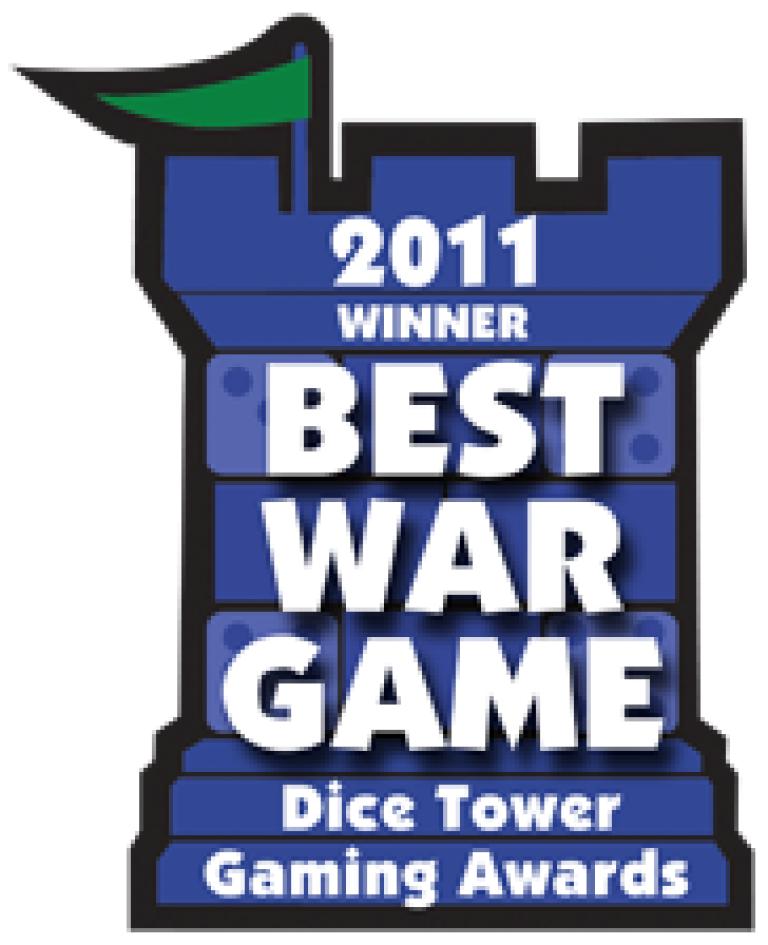
A Few Acres of Snow is a two-player, deck-building game about the French and British conflict in North America.
The card-play contains a focus on a deck-building mechanic similar to Dominion, each card will have multiple uses like card-driven game. The players have to choose only one aspect of the card to use when it is played. Each space captured by a player will add another card to the capturing player's deck.
From the box description:
A war fought at the edge of two mighty empires. For over one hundred and fifty years Britain and France were locked in a struggle for domination of North America. Thousands of miles from their homes, settlers and soldiers were faced with impenetrable forests, unpredictable American tribes, and formidable distances. Despite these obstacles they were able to engage in bitter warfare, with the British ultimately taking the prize of Quebec. A Few Acres of Snow is a two-player game that allows you to recreate this contest. You can change the course of history by your decisions.
A Few Acres of Snow takes an innovative approach to the subject, using cards to represent locations and manpower. As the game progresses you add to your selection of cards, increasing the range of actions available to you. There are many strategies to be explored. How quickly should you build up your forces, do you employ Native Americans, what energy should be expended on your economy?
The game is about more than just fighting – you must successfully colonize the land to have a chance.
Online Play
Yucata (turn-based)
The card-play contains a focus on a deck-building mechanic similar to Dominion, each card will have multiple uses like card-driven game. The players have to choose only one aspect of the card to use when it is played. Each space captured by a player will add another card to the capturing player's deck.
From the box description:
A war fought at the edge of two mighty empires. For over one hundred and fifty years Britain and France were locked in a struggle for domination of North America. Thousands of miles from their homes, settlers and soldiers were faced with impenetrable forests, unpredictable American tribes, and formidable distances. Despite these obstacles they were able to engage in bitter warfare, with the British ultimately taking the prize of Quebec. A Few Acres of Snow is a two-player game that allows you to recreate this contest. You can change the course of history by your decisions.
A Few Acres of Snow takes an innovative approach to the subject, using cards to represent locations and manpower. As the game progresses you add to your selection of cards, increasing the range of actions available to you. There are many strategies to be explored. How quickly should you build up your forces, do you employ Native Americans, what energy should be expended on your economy?
The game is about more than just fighting – you must successfully colonize the land to have a chance.
Online Play
Yucata (turn-based)
Year Published:
2011
Designers:
Martin Wallace
Publishers:
Treefrog Games
Most Innovative Game
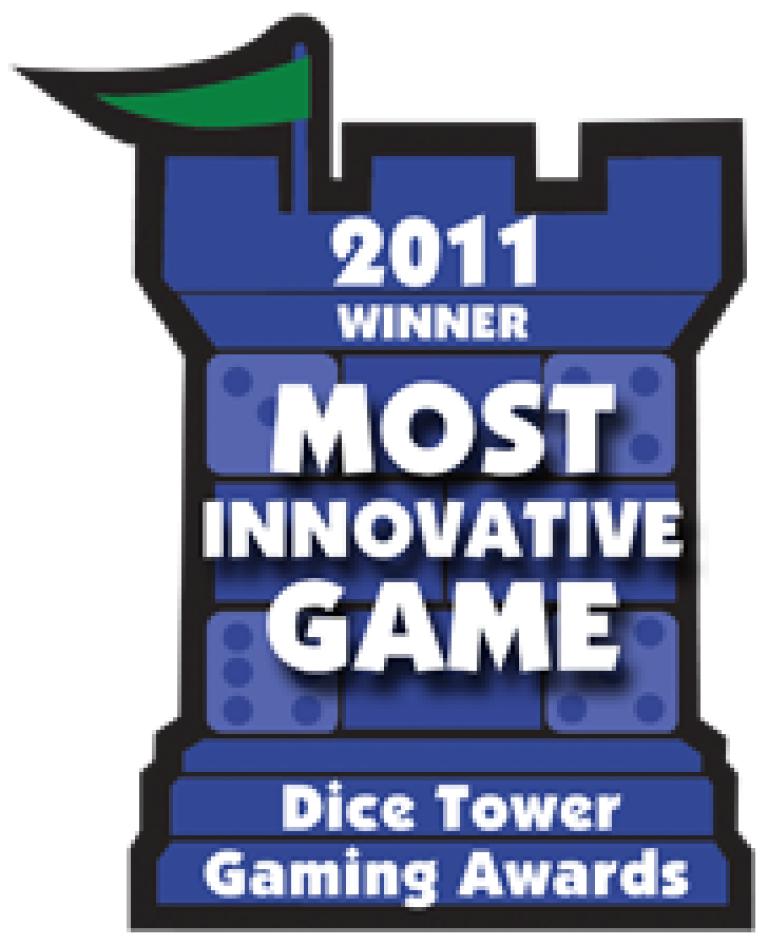
This description is spoiler free, containing nothing outside the initial rulebook for the game. Details on why this is important in the description.
Risk Legacy represents what is if not a new, at least a rare concept to boardgaming: campaigning. At its core, the game, particularly at first, plays much like regular Risk with a few changes. Players control countries or regions on a map of the world, and through simple combat (with players rolling dice to determine who loses units in each battle) they try to eliminate all opponents from the game board or control a certain number of "red stars", otherwise known as victory points (VPs).
What's different is that Risk Legacy' changes over time based on the outcome of each game and the various choices made by players. In each game, players choose one of five factions; each faction has uniquely shaped pieces, and more importantly, different rules. At the start of the first game, each of these factions gains the ability to break one minor rule, such as the ability to move troops at any time during your turn, as opposed to only at the end.
What makes this game unique is that when powers are chosen, players must choose one of their faction's two powers, affix that power's sticker to their faction card, then destroy the card that has the other rule on it – and by destroy, the rules mean what they say: "If a card is DESTROYED, it is removed from the game permanently. Rip it up. Throw it in the trash." This key concept permeates through the game. Some things you do in a game will affect it temporarily, while others will affect it permanently. These changes may include boosting the resources of a country (for recruiting troops in lieu of the older "match three symbols" style of recruiting), adding bonuses or penalties to defending die rolls to countries, or adding permanent continent troop bonuses that may affect all players.
The rule book itself is also designed to change as the game continues, with blocks of blank space on the pages to allow for rules additions or changes. Entire sections of rules will not take effect until later in the game. The game box contains different sealed packages and compartments, each with a written condition for opening. The rule book indicates that these contain the rule additions, additional faction powers, and other things that should not be discussed here for spoiler protection.
The winner of each of the first 15 games receives a "major bonus," such as founding a major city (which only he will be allowed to start on in future games), deleting a permanent modifier from the board, destroying a country card (preventing it from providing any resources towards purchasing troops in future games), changing a continent troop bonus, or naming a continent, which gives that player a troop bonus in future games. Players who did not win but were not eliminated are allowed to make minor changes to the world, such as founding a minor city or adding resources to a country.
It should be noted that although cards are ripped up over the course of the game, there are so many cards added via the sealed packages, that the game does not suffer. Nor is this a "disposable" game, merely a customized one. The game can continue to change beyond the 15 game campaign, and even when it finally does stop changing, you still have a copy of Risk that is completely unique.
Initial games take approximately 30-90 minutes to play, which includes a brief rules explanation and setup.
Risk Legacy represents what is if not a new, at least a rare concept to boardgaming: campaigning. At its core, the game, particularly at first, plays much like regular Risk with a few changes. Players control countries or regions on a map of the world, and through simple combat (with players rolling dice to determine who loses units in each battle) they try to eliminate all opponents from the game board or control a certain number of "red stars", otherwise known as victory points (VPs).
What's different is that Risk Legacy' changes over time based on the outcome of each game and the various choices made by players. In each game, players choose one of five factions; each faction has uniquely shaped pieces, and more importantly, different rules. At the start of the first game, each of these factions gains the ability to break one minor rule, such as the ability to move troops at any time during your turn, as opposed to only at the end.
What makes this game unique is that when powers are chosen, players must choose one of their faction's two powers, affix that power's sticker to their faction card, then destroy the card that has the other rule on it – and by destroy, the rules mean what they say: "If a card is DESTROYED, it is removed from the game permanently. Rip it up. Throw it in the trash." This key concept permeates through the game. Some things you do in a game will affect it temporarily, while others will affect it permanently. These changes may include boosting the resources of a country (for recruiting troops in lieu of the older "match three symbols" style of recruiting), adding bonuses or penalties to defending die rolls to countries, or adding permanent continent troop bonuses that may affect all players.
The rule book itself is also designed to change as the game continues, with blocks of blank space on the pages to allow for rules additions or changes. Entire sections of rules will not take effect until later in the game. The game box contains different sealed packages and compartments, each with a written condition for opening. The rule book indicates that these contain the rule additions, additional faction powers, and other things that should not be discussed here for spoiler protection.
The winner of each of the first 15 games receives a "major bonus," such as founding a major city (which only he will be allowed to start on in future games), deleting a permanent modifier from the board, destroying a country card (preventing it from providing any resources towards purchasing troops in future games), changing a continent troop bonus, or naming a continent, which gives that player a troop bonus in future games. Players who did not win but were not eliminated are allowed to make minor changes to the world, such as founding a minor city or adding resources to a country.
It should be noted that although cards are ripped up over the course of the game, there are so many cards added via the sealed packages, that the game does not suffer. Nor is this a "disposable" game, merely a customized one. The game can continue to change beyond the 15 game campaign, and even when it finally does stop changing, you still have a copy of Risk that is completely unique.
Initial games take approximately 30-90 minutes to play, which includes a brief rules explanation and setup.
Year Published:
2011
Designers:
Rob Daviau
Publishers:
Hasbro
